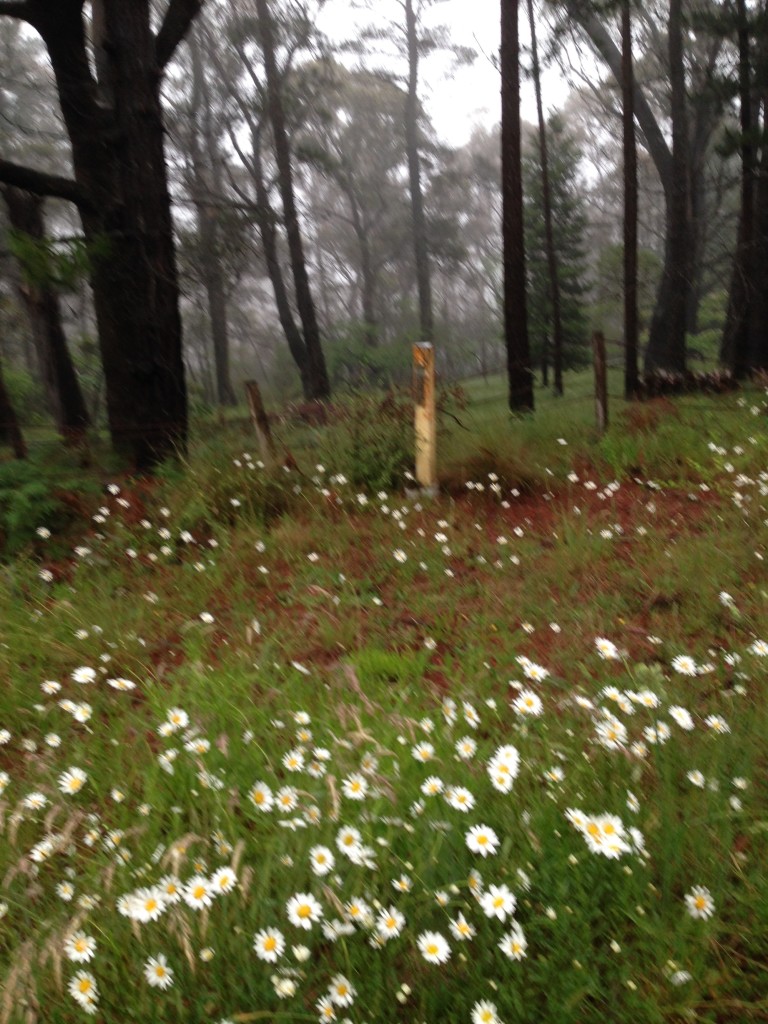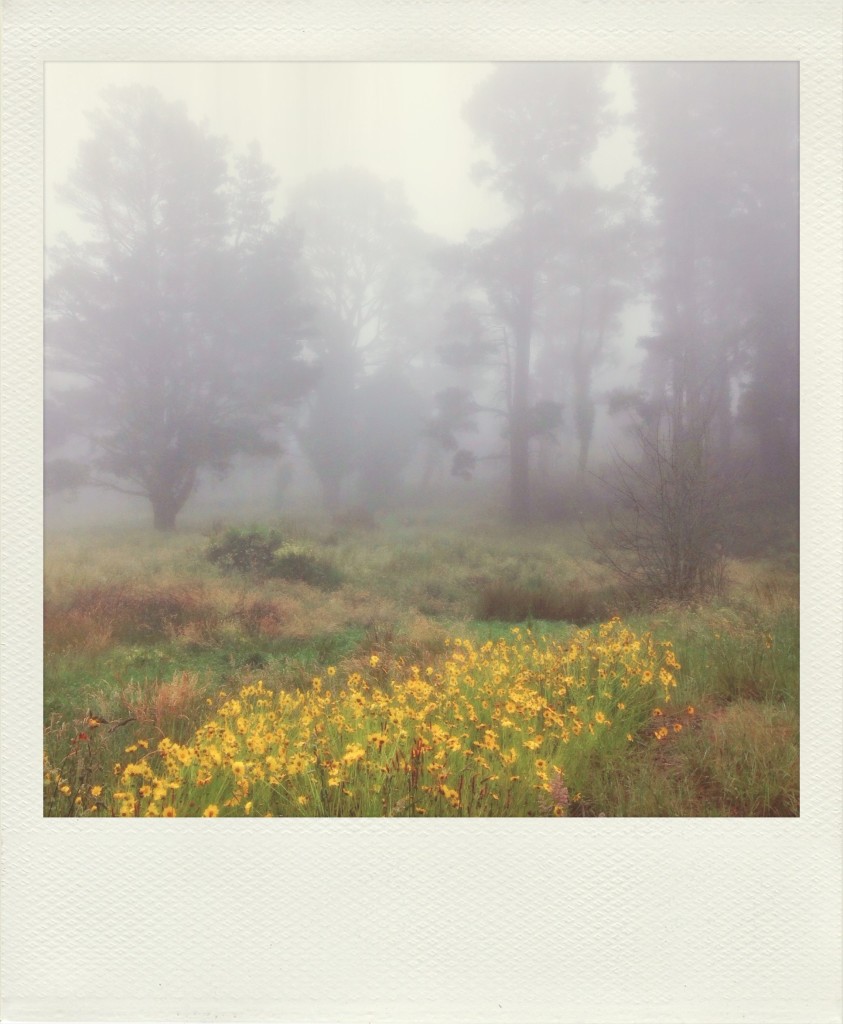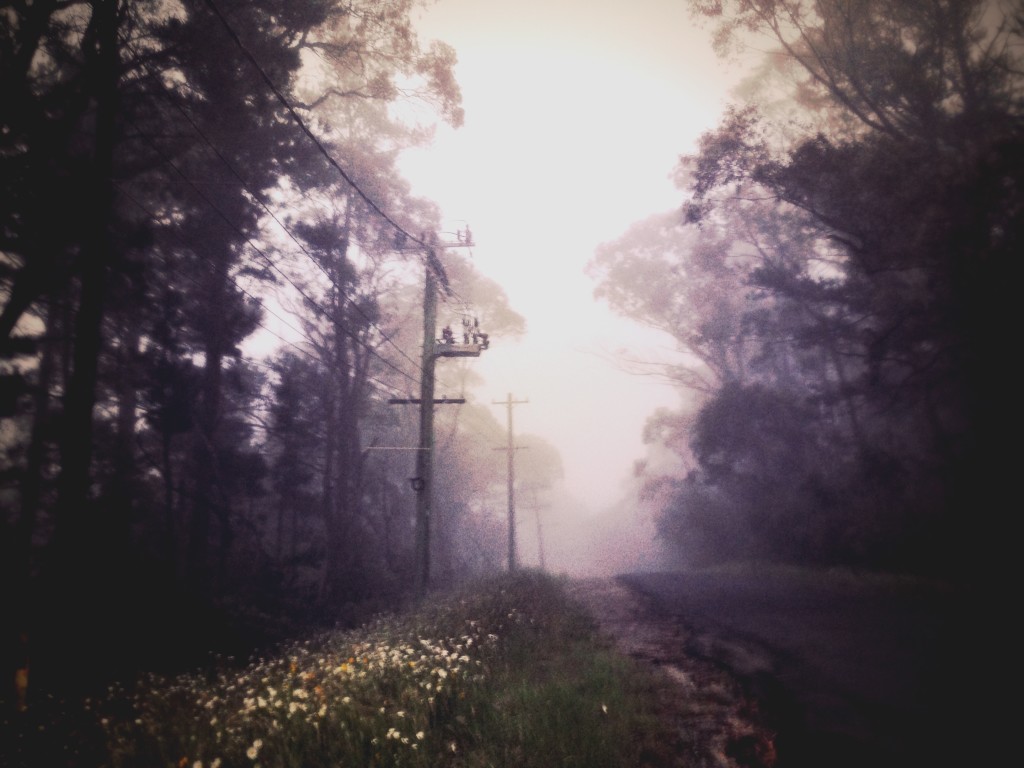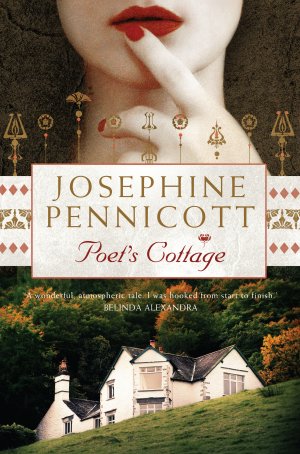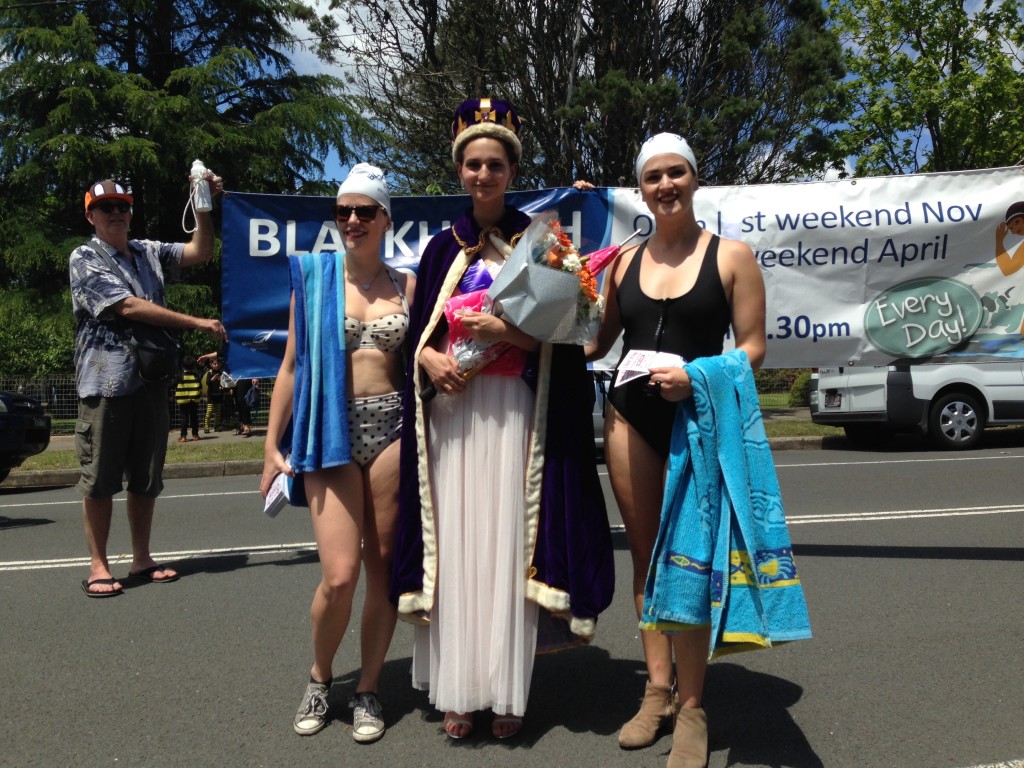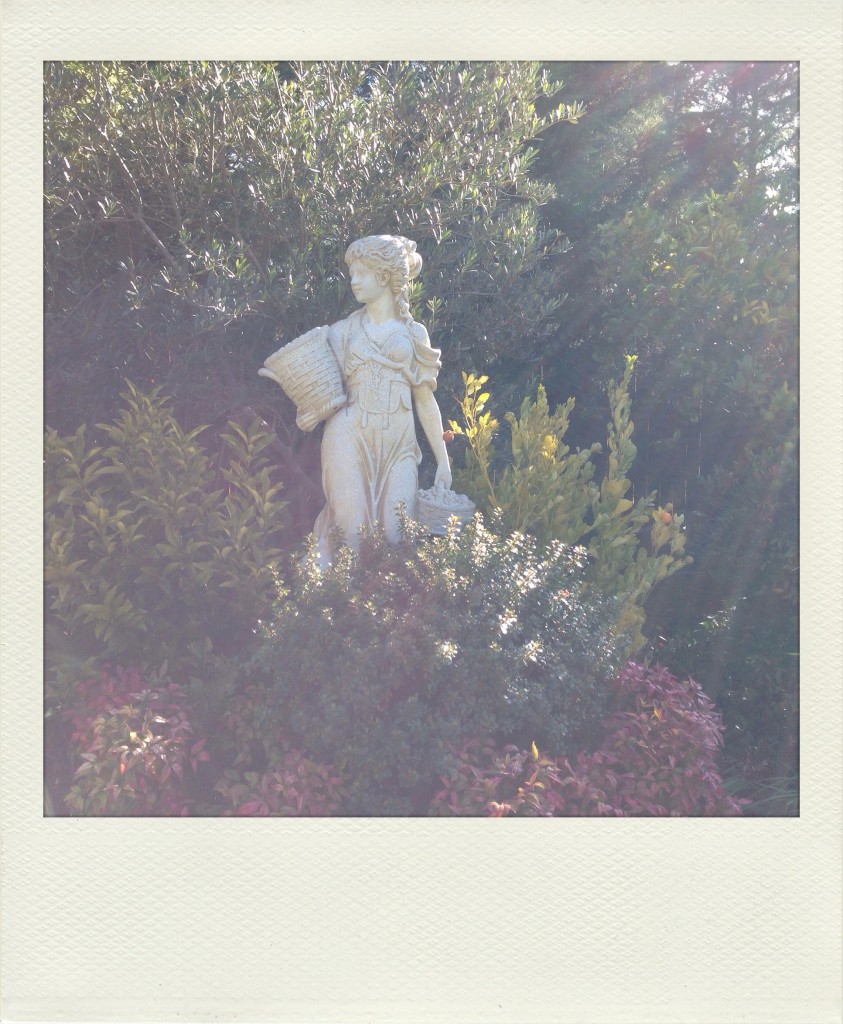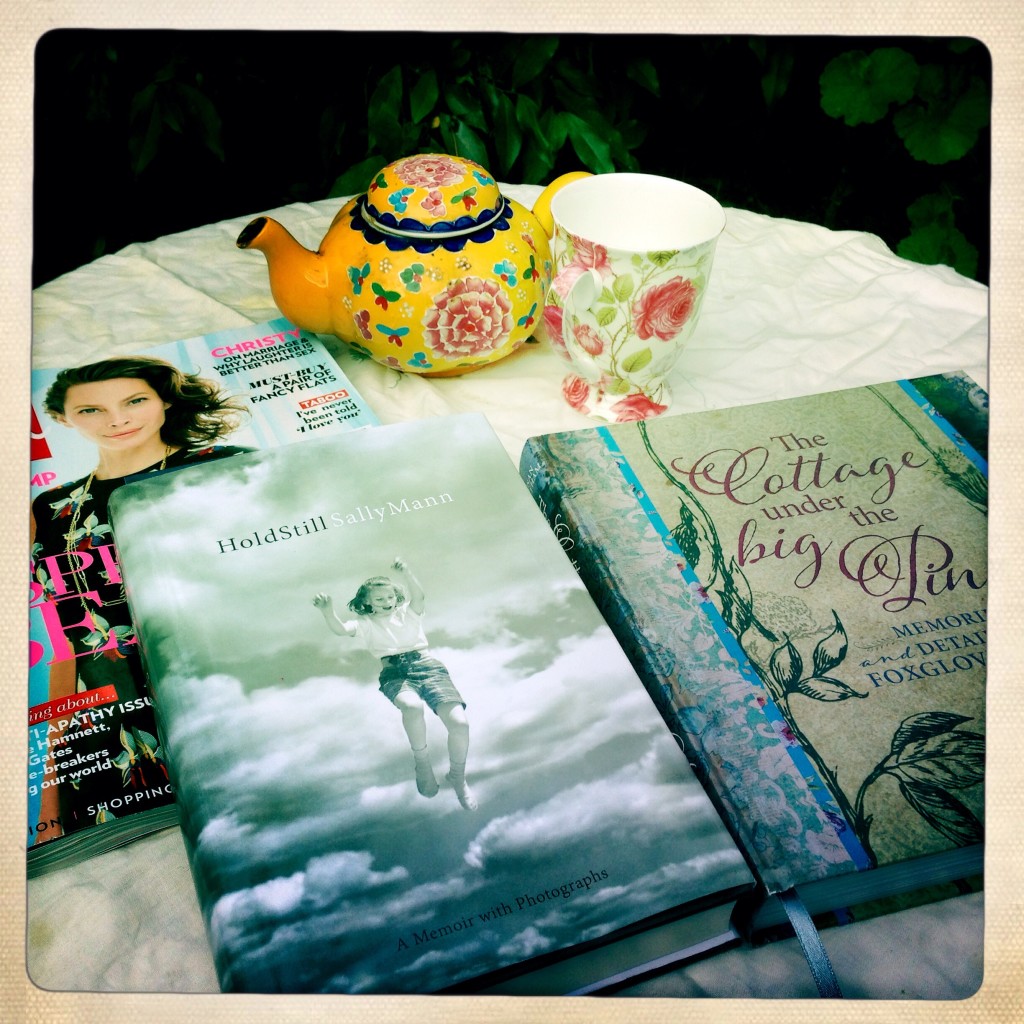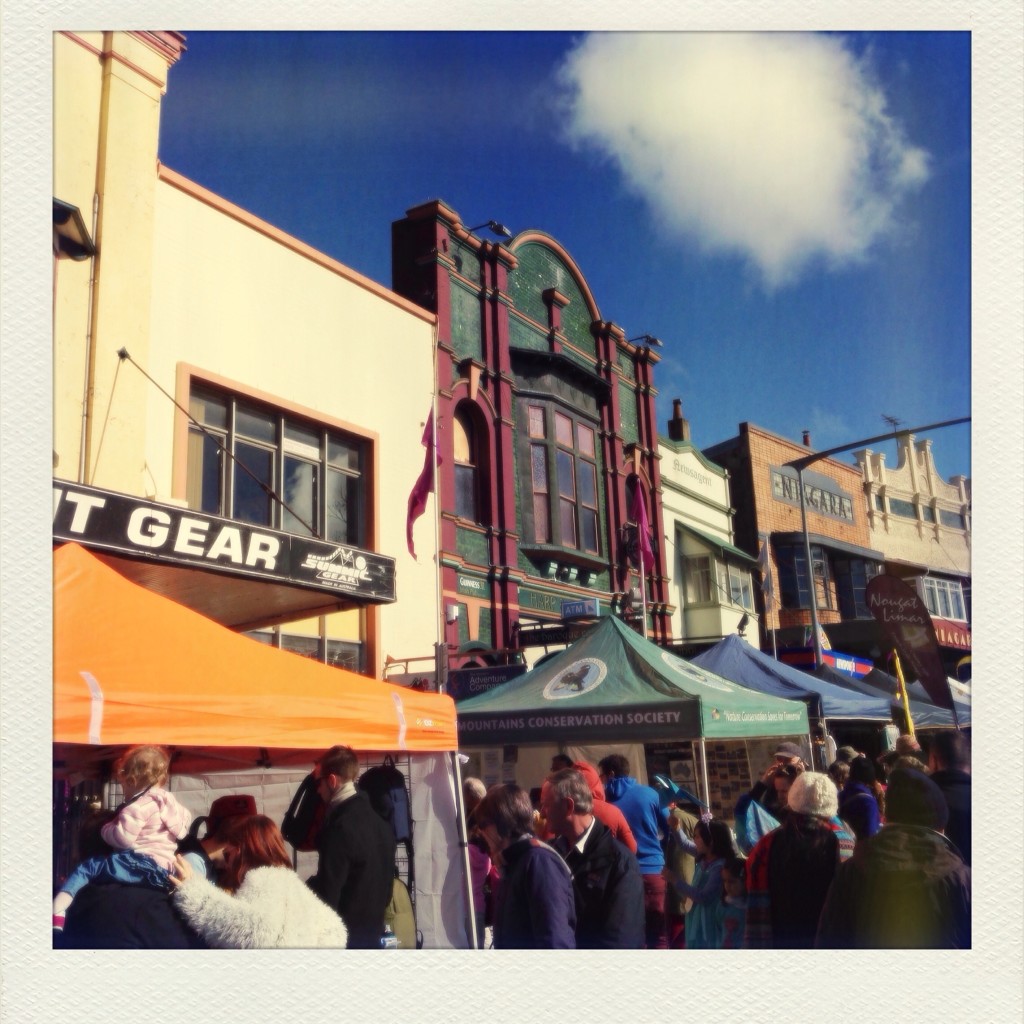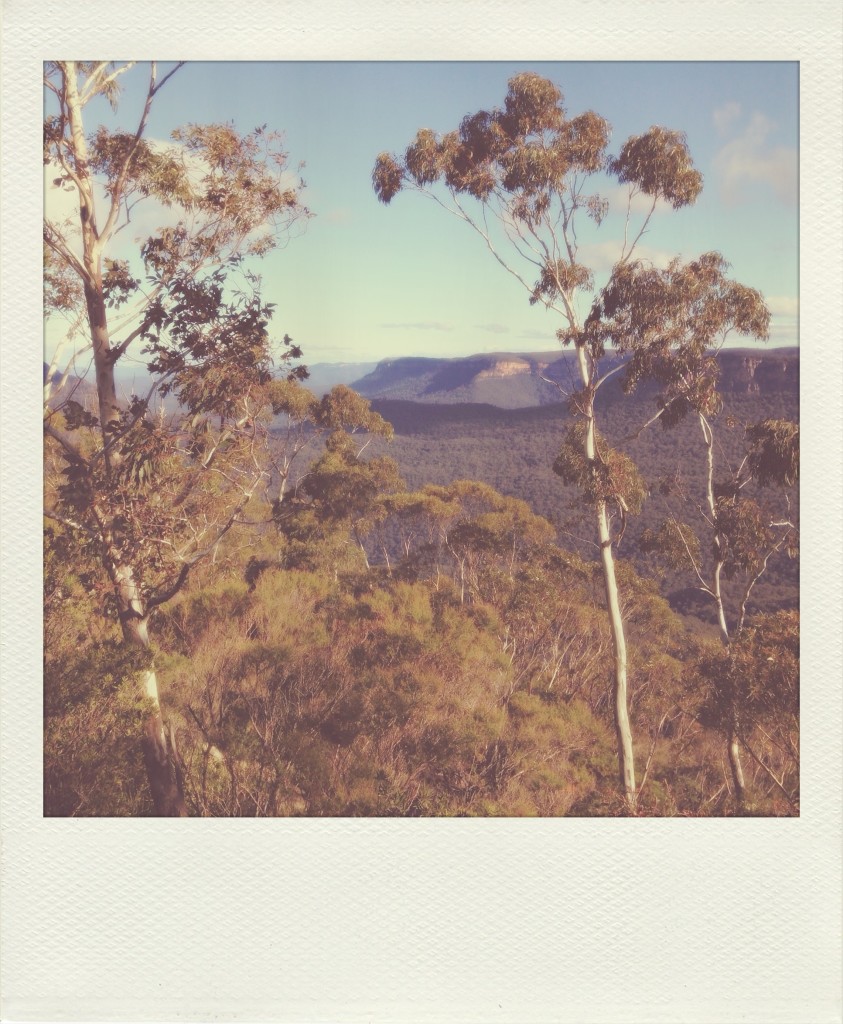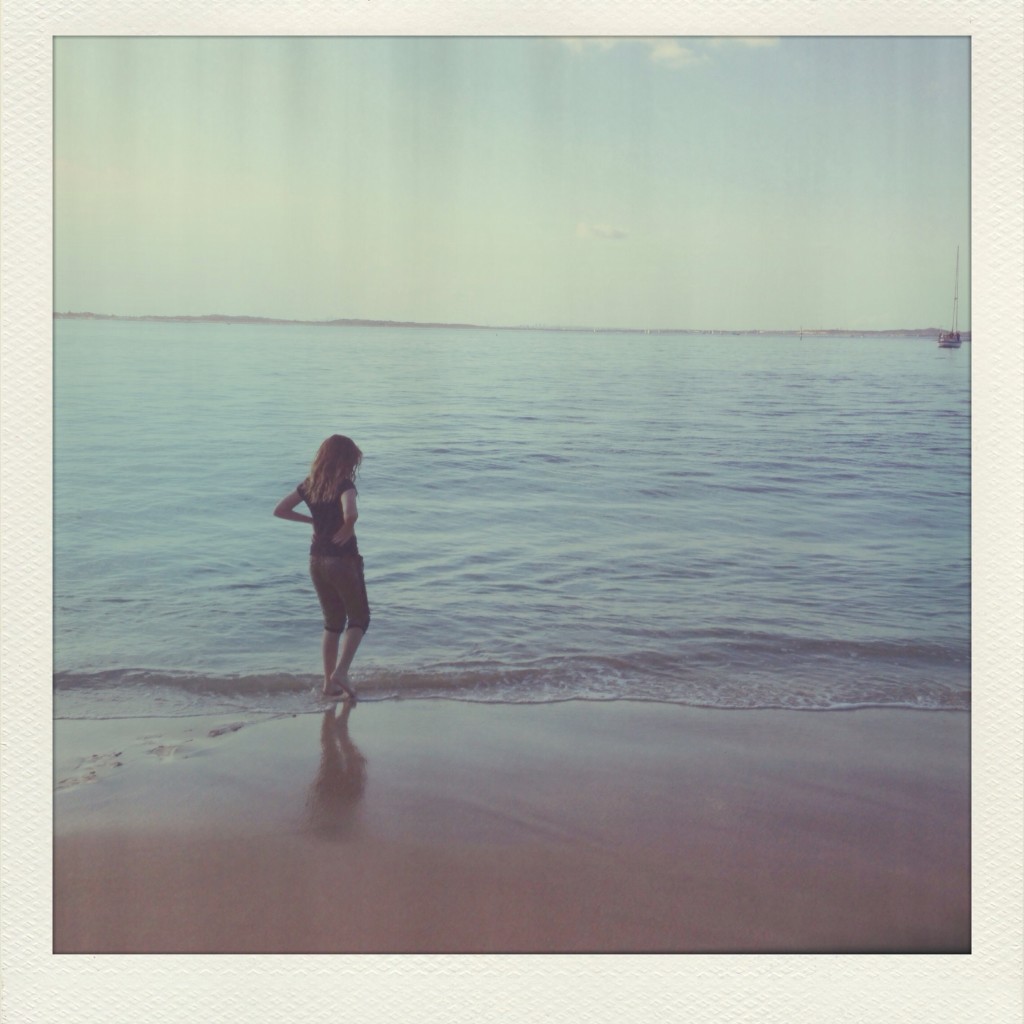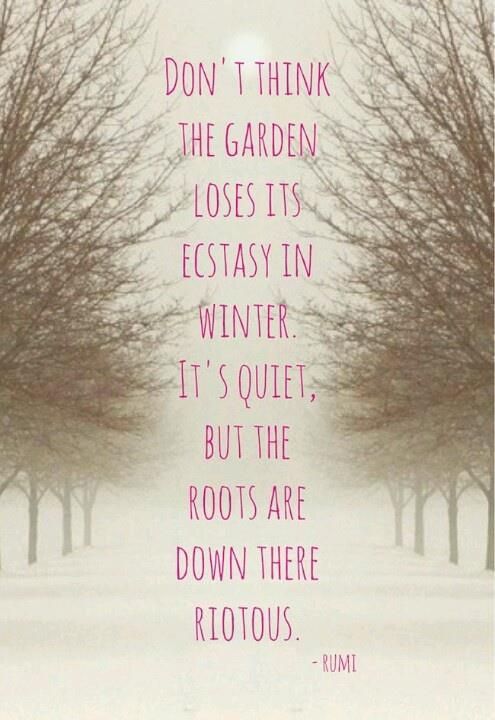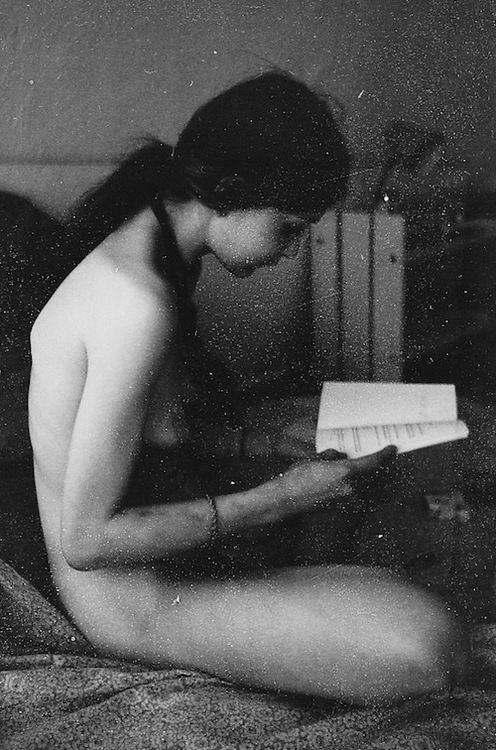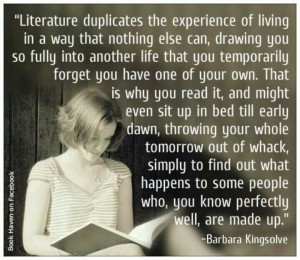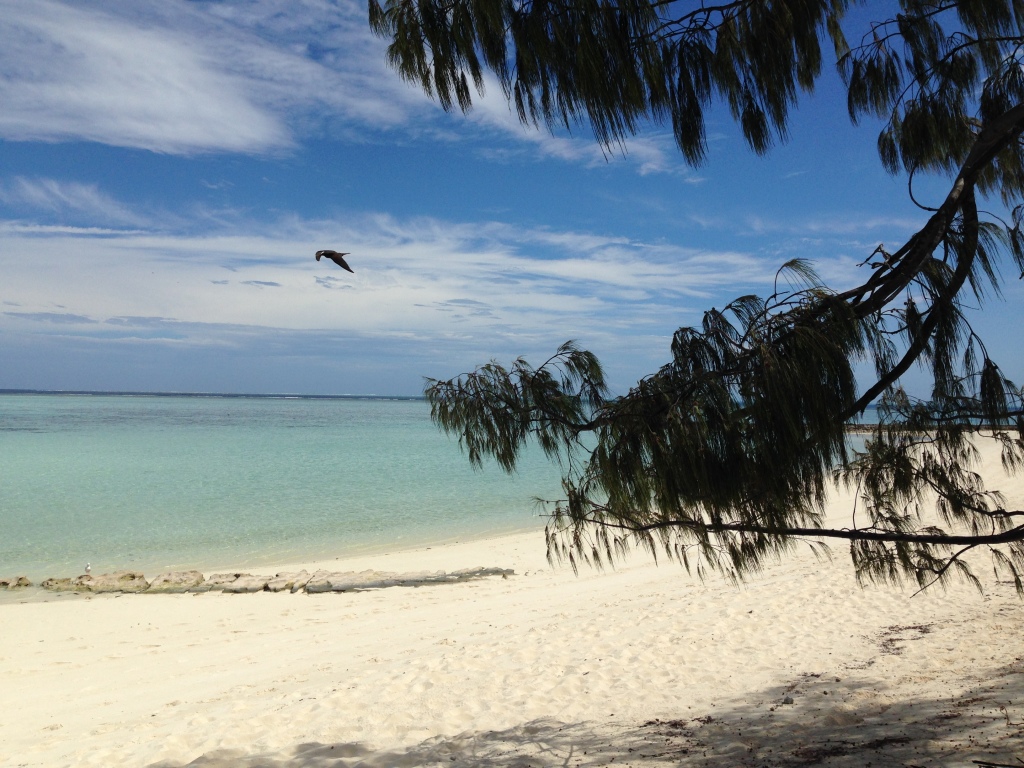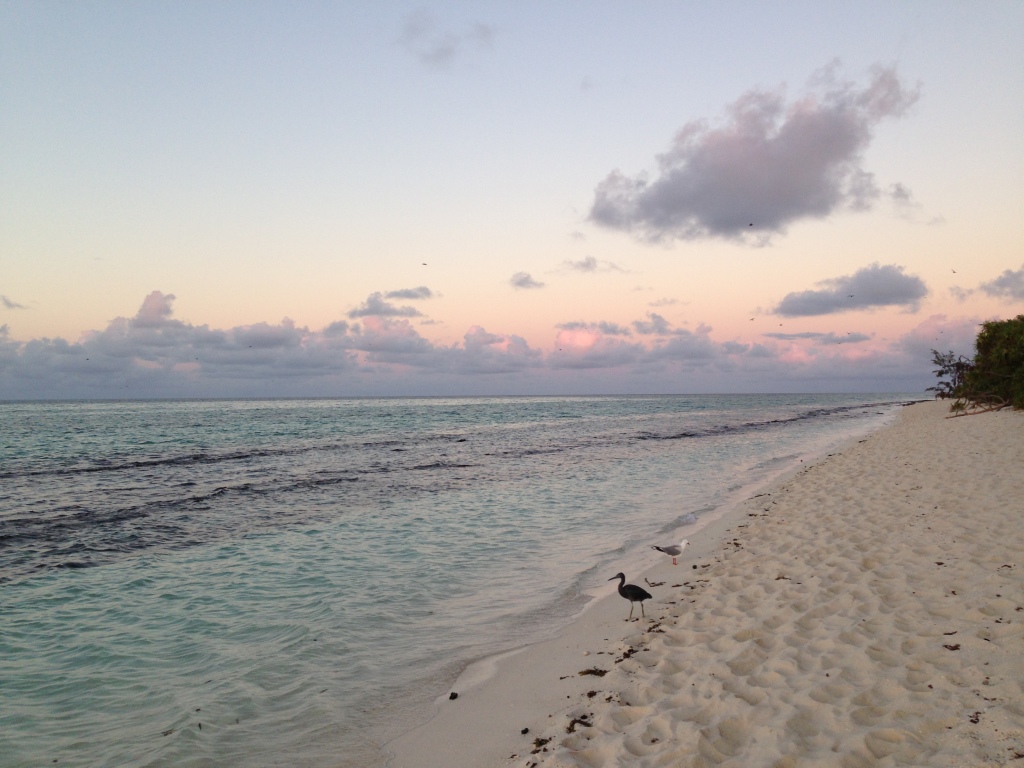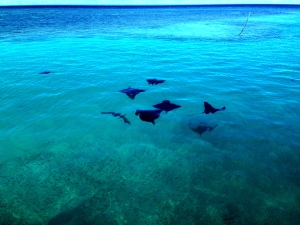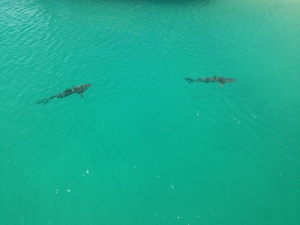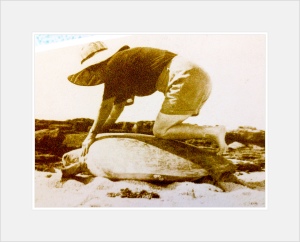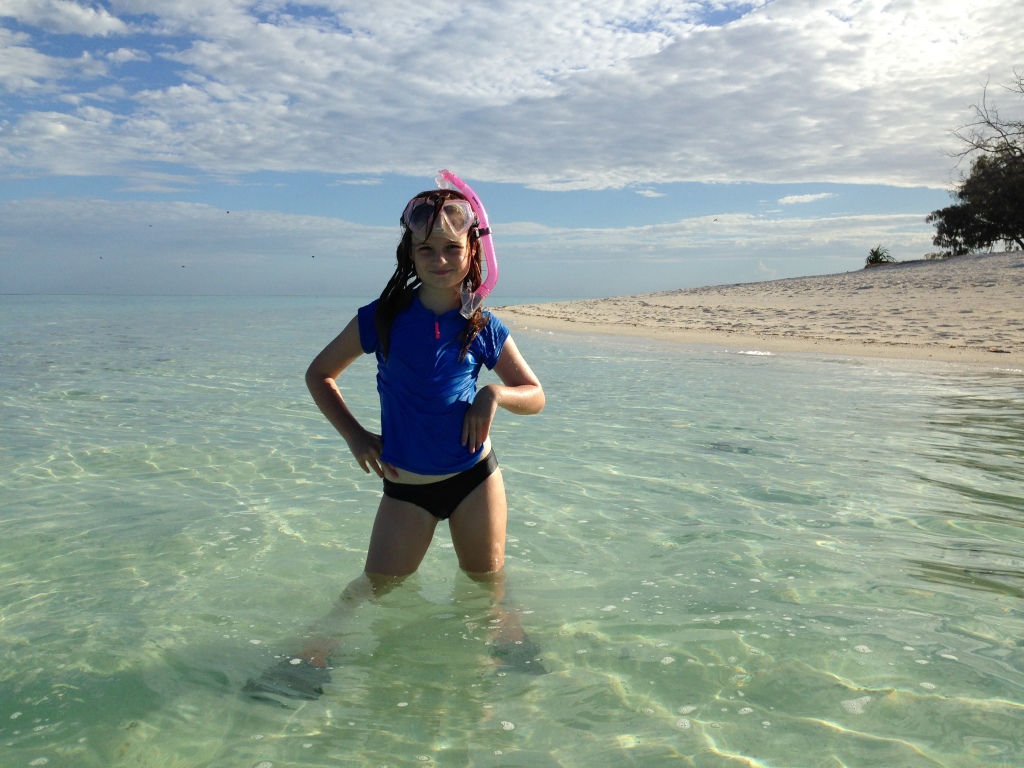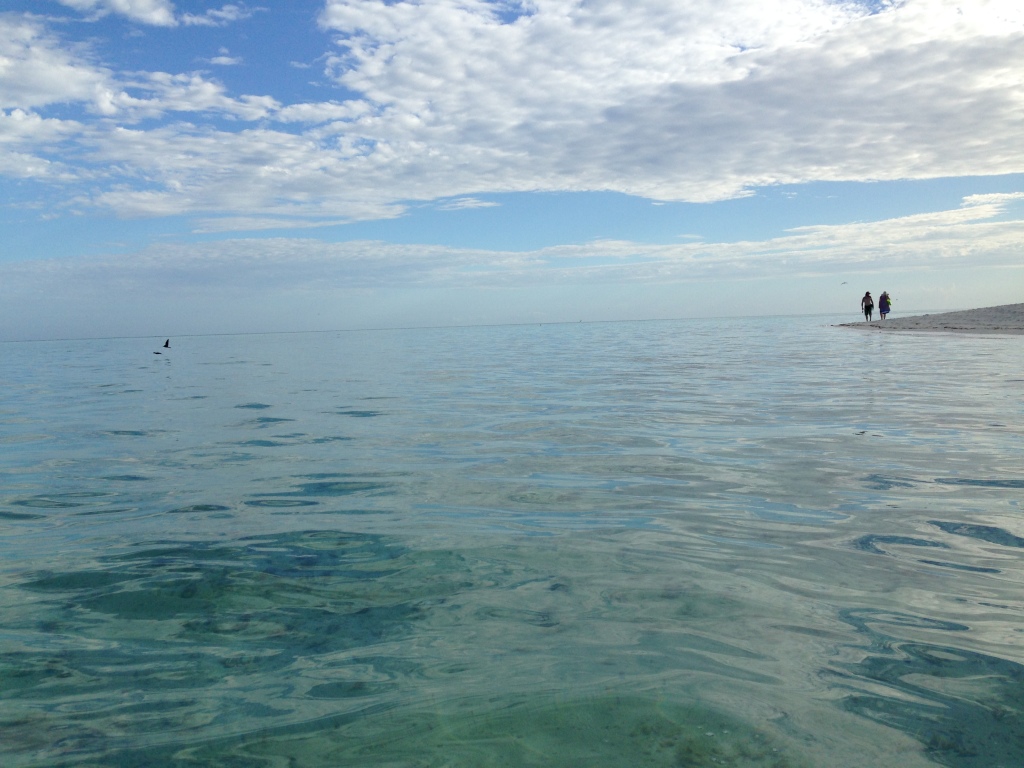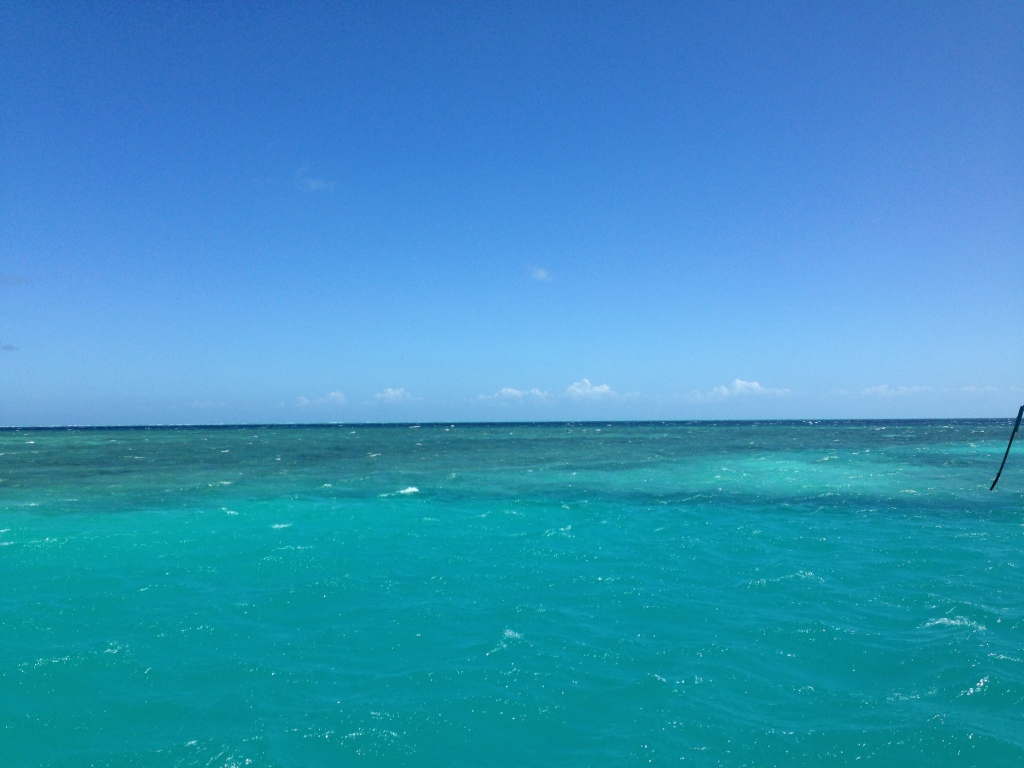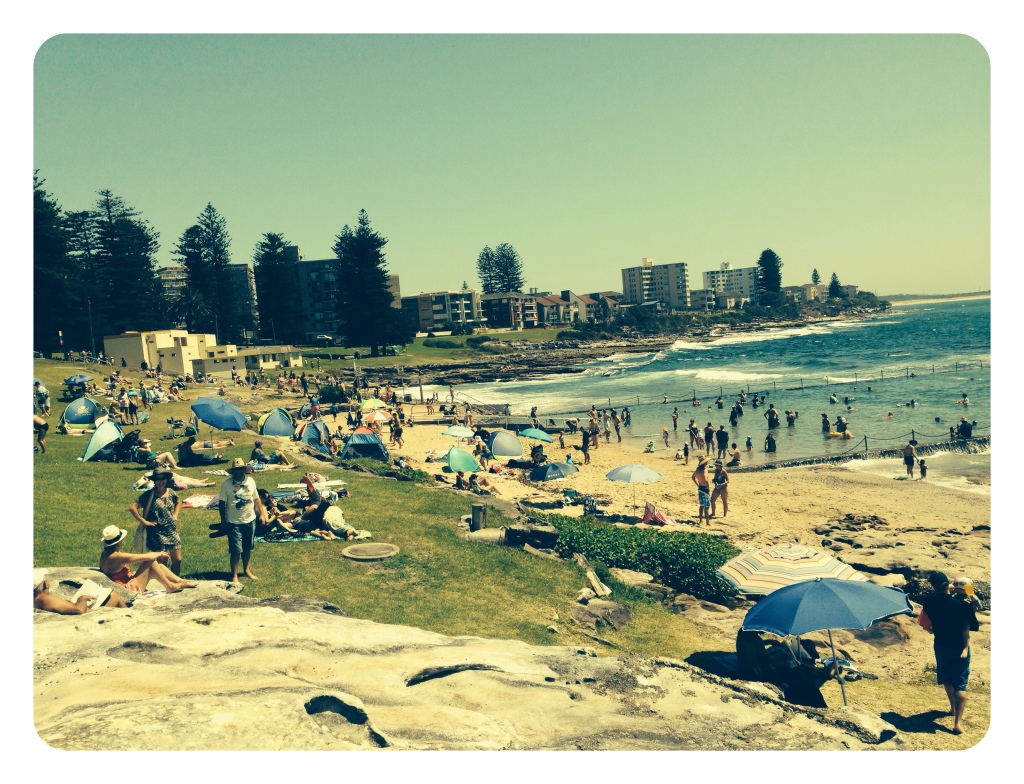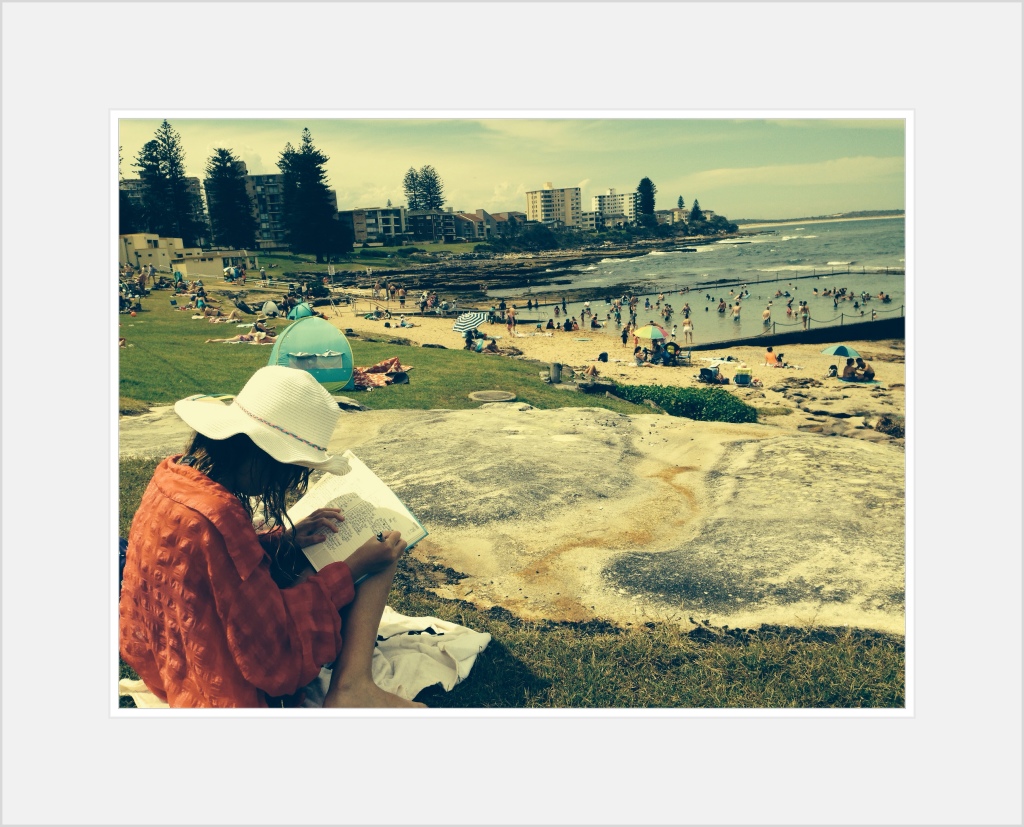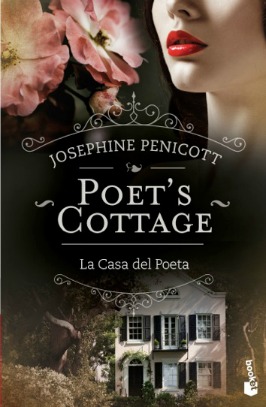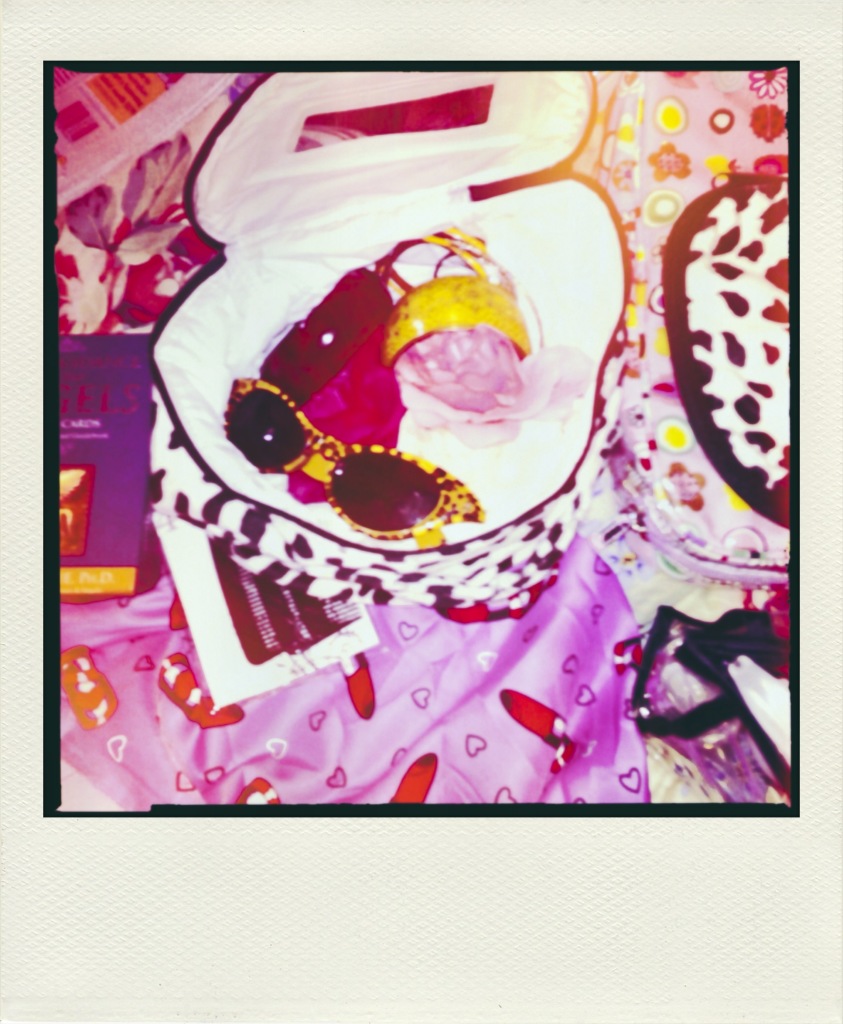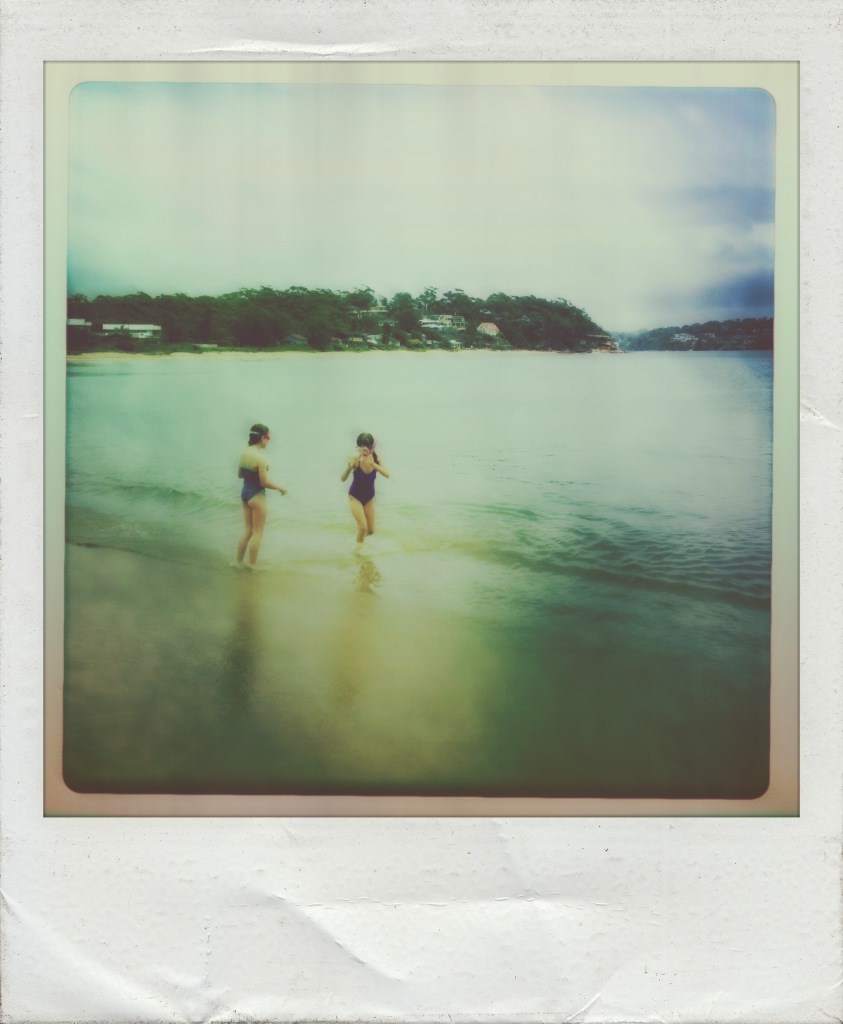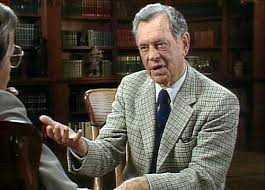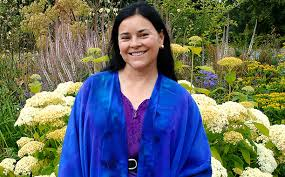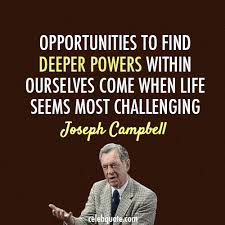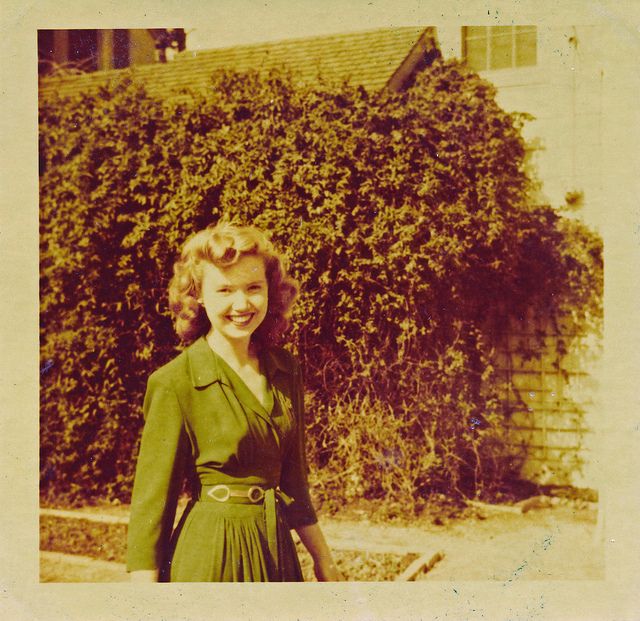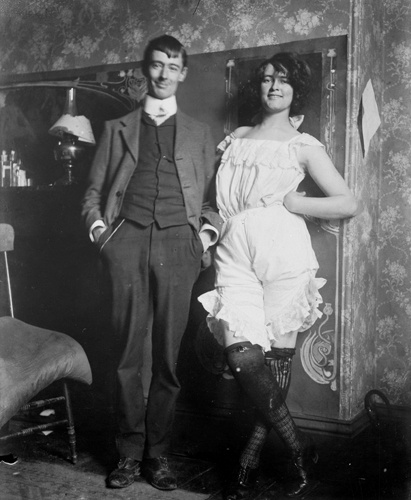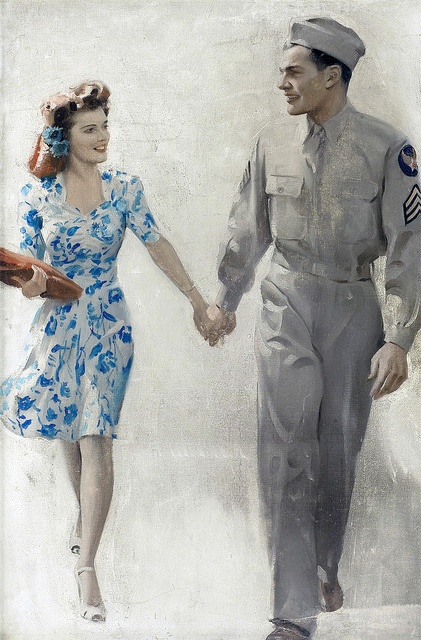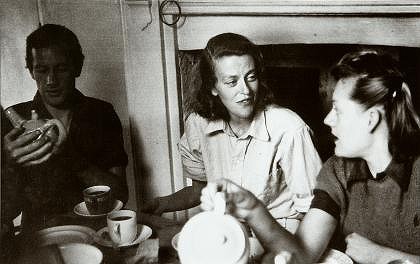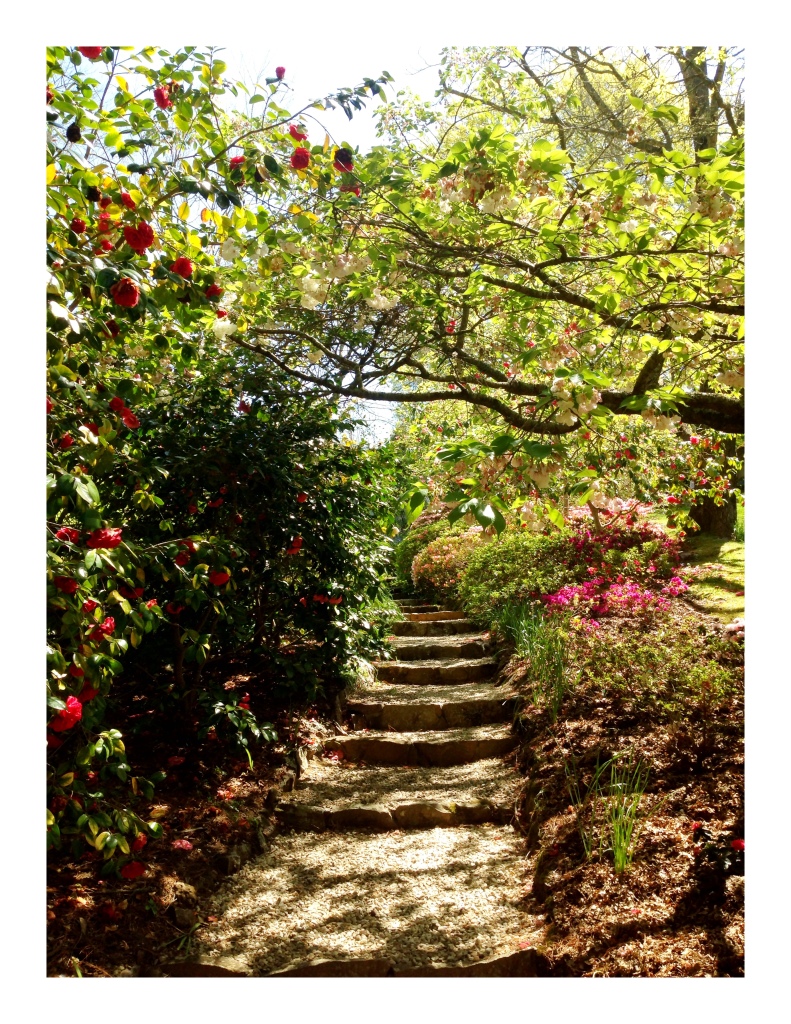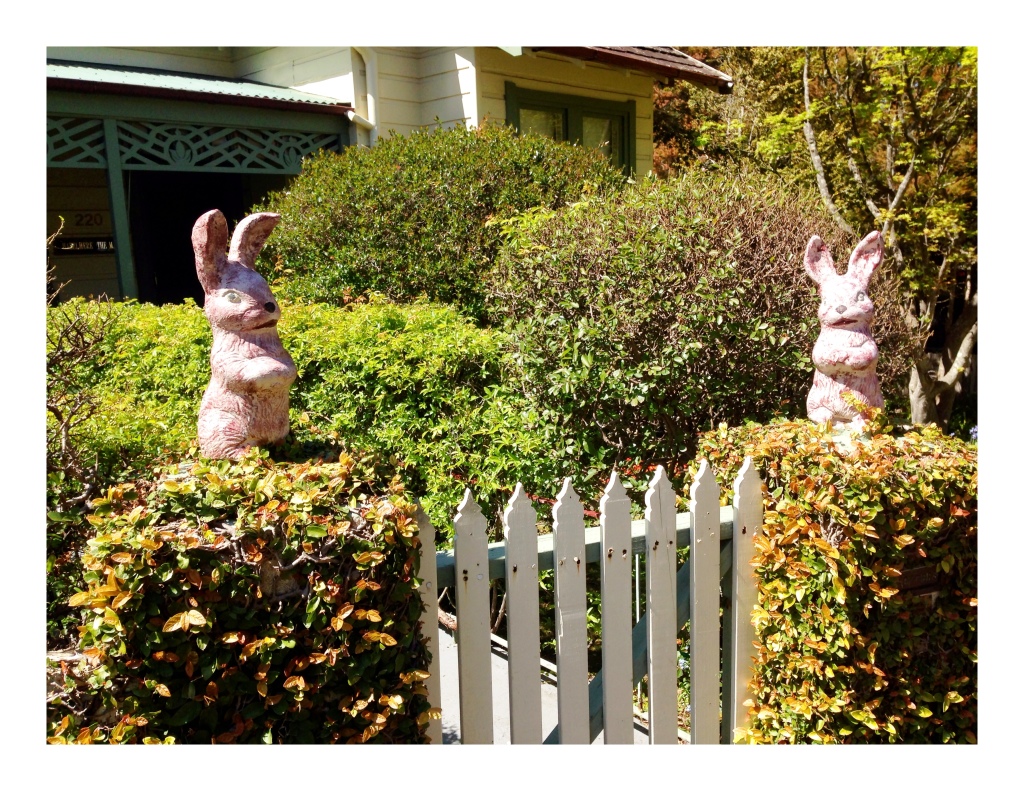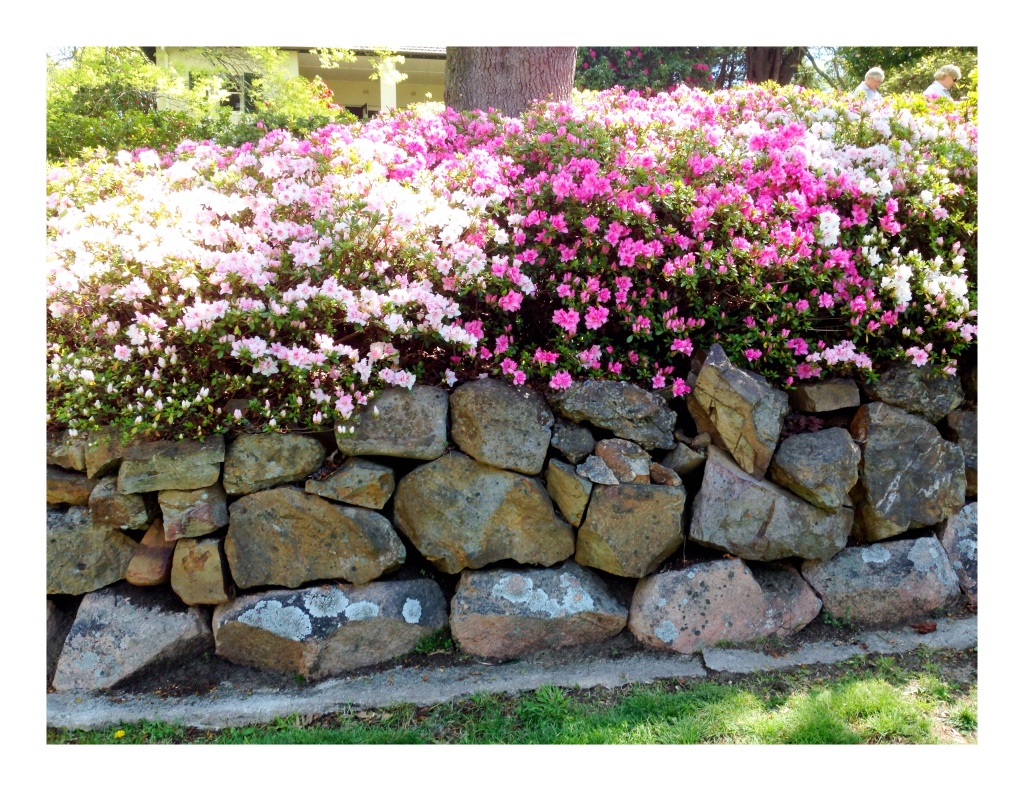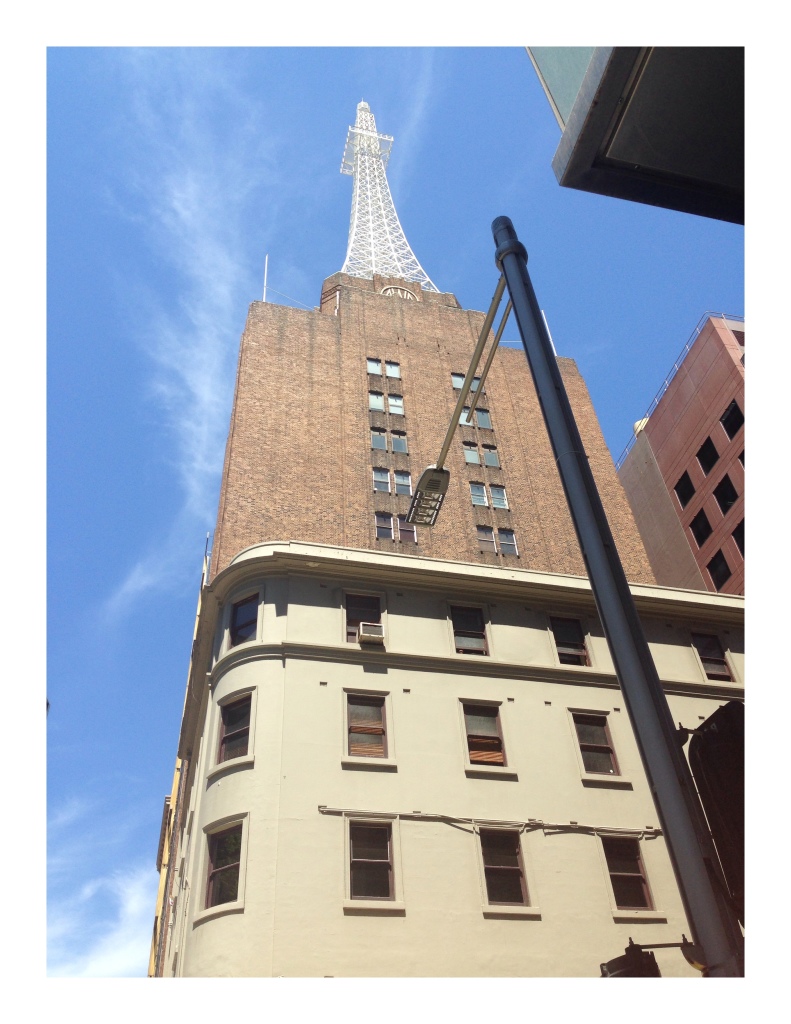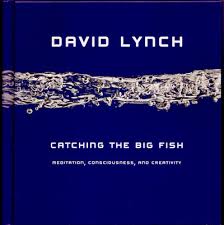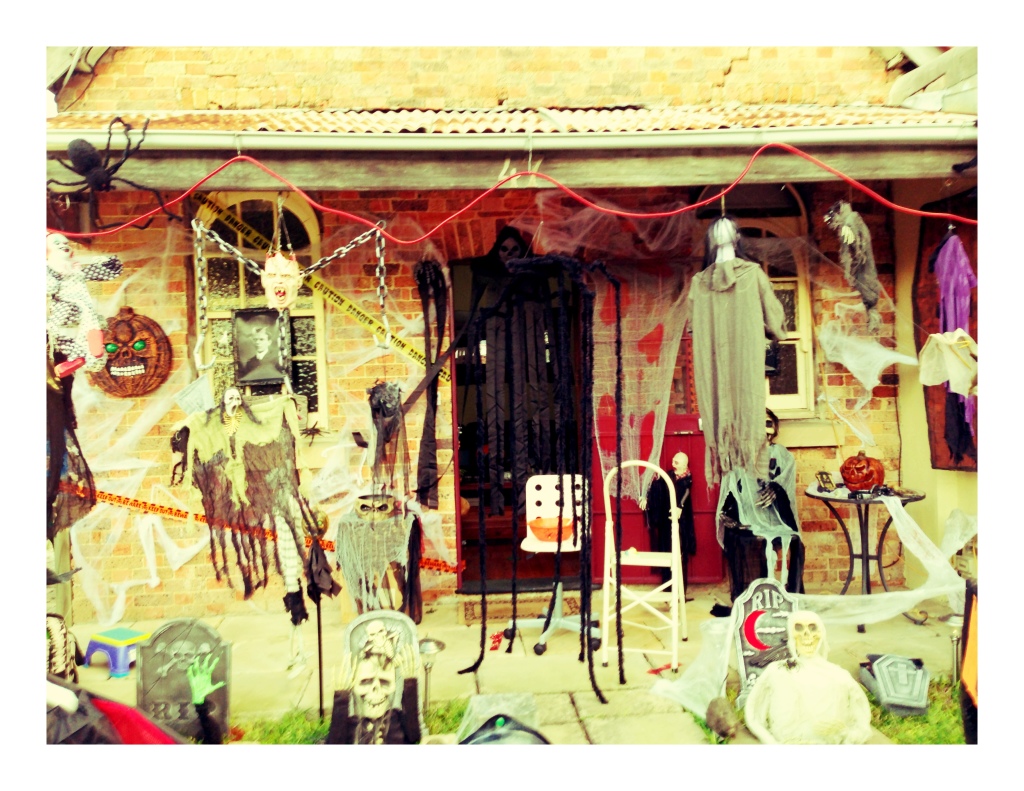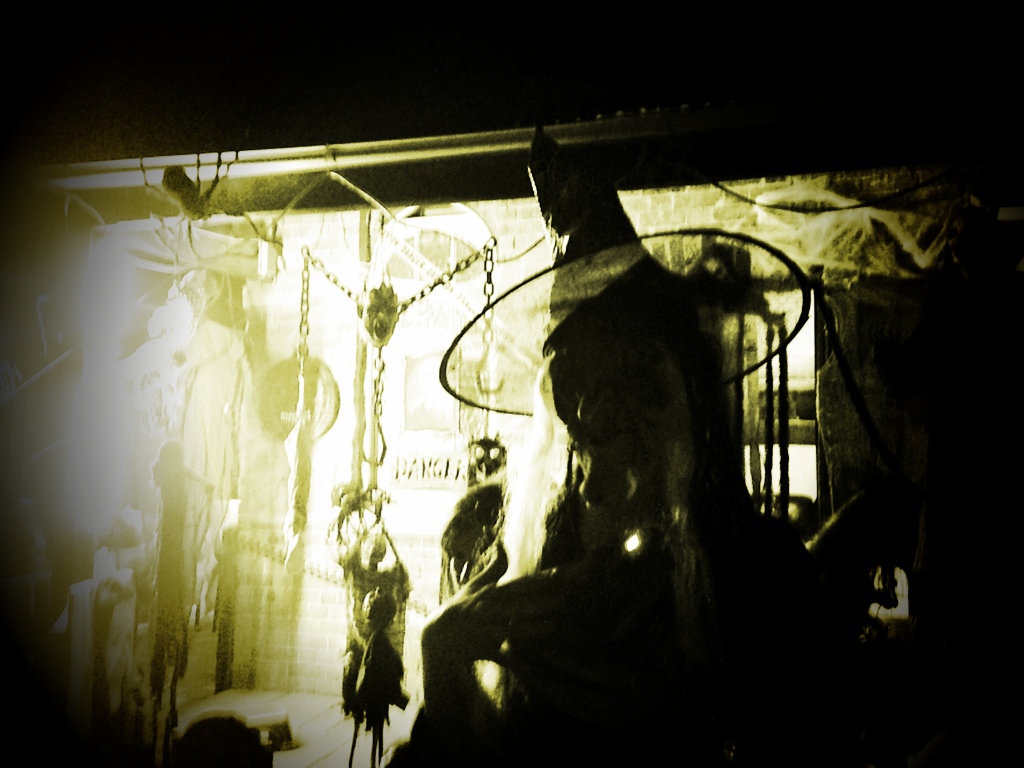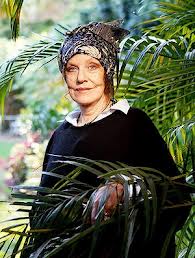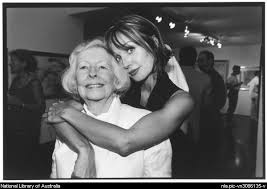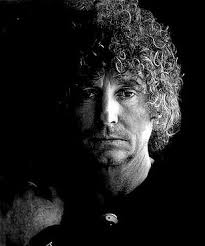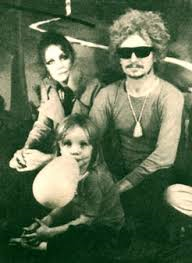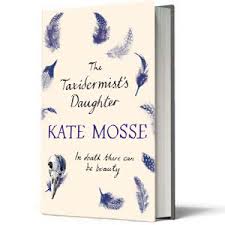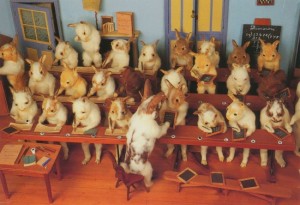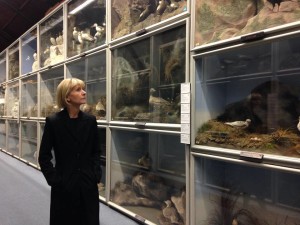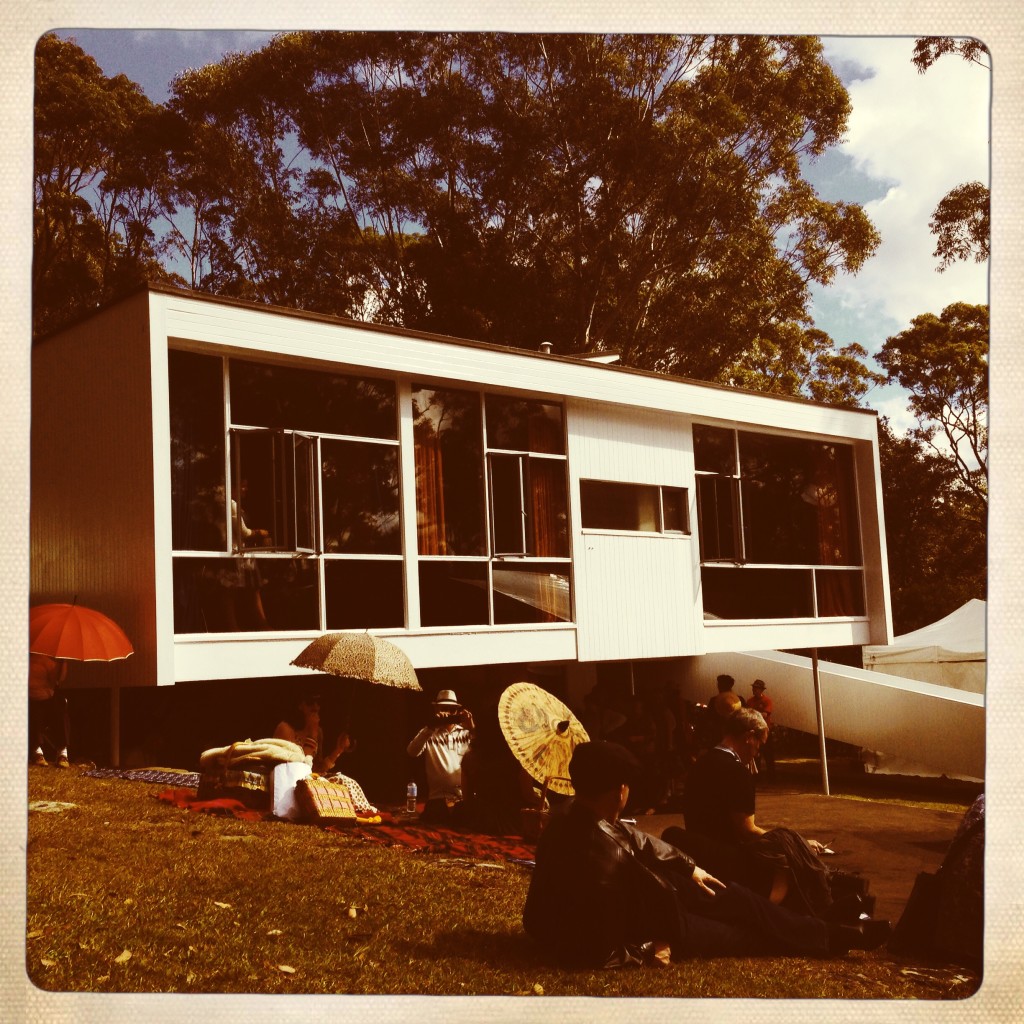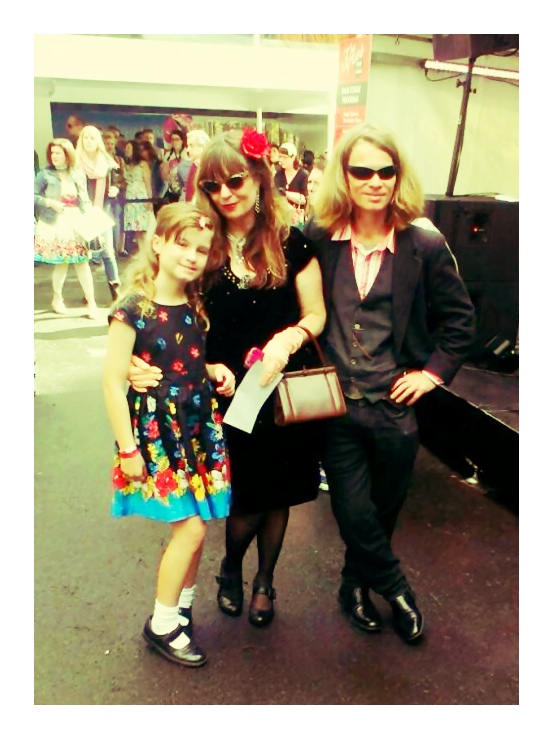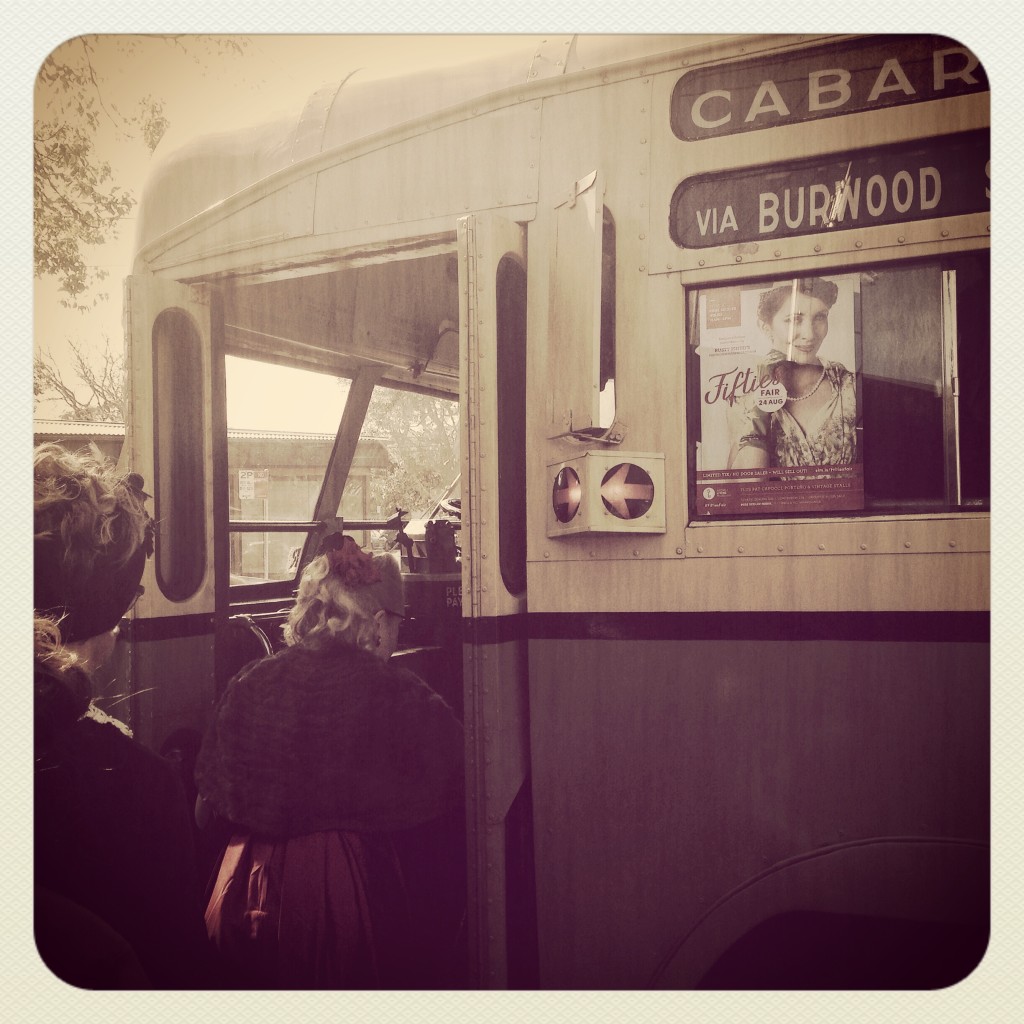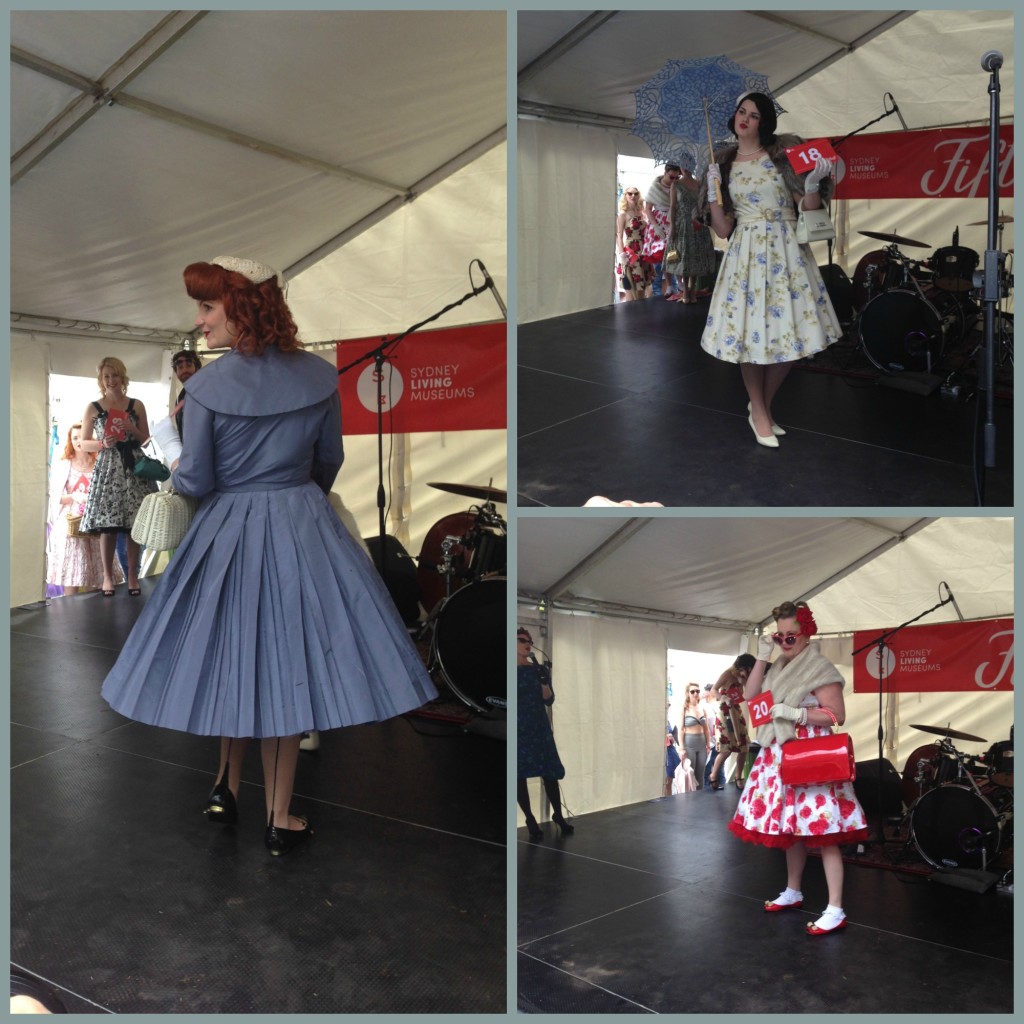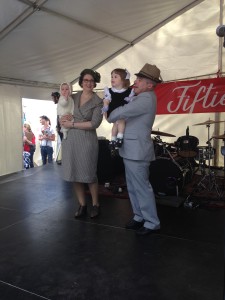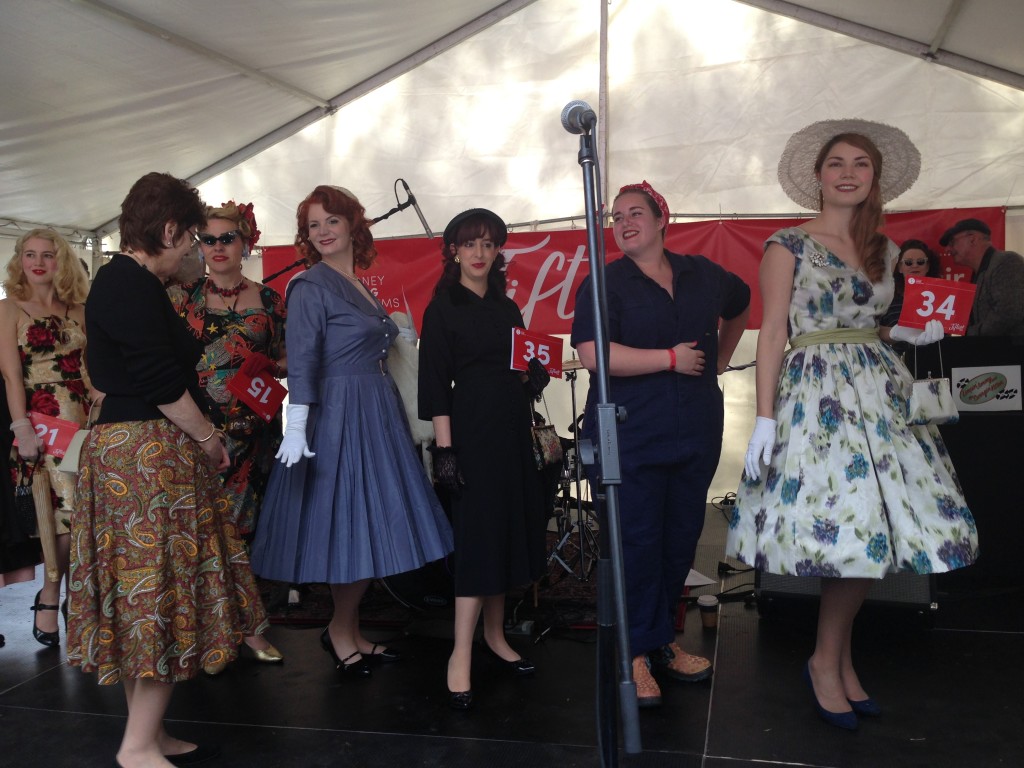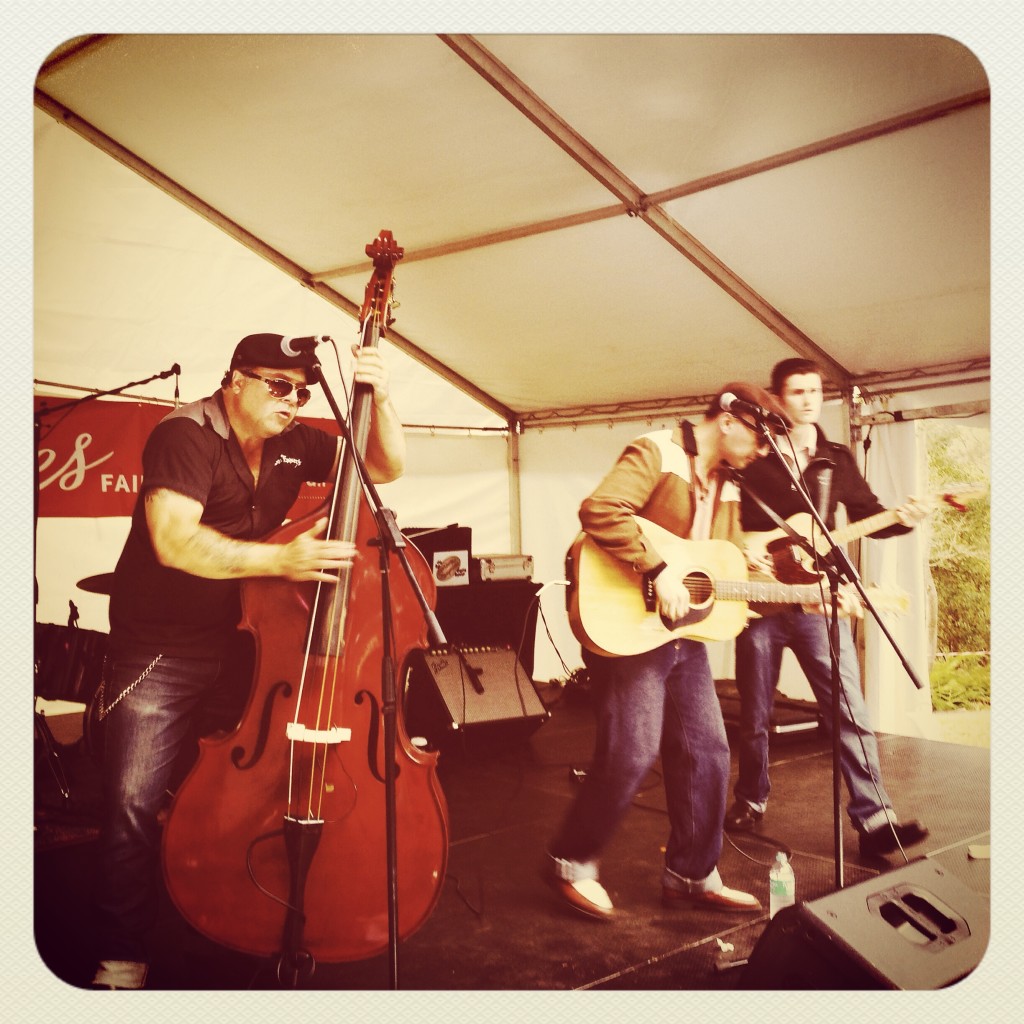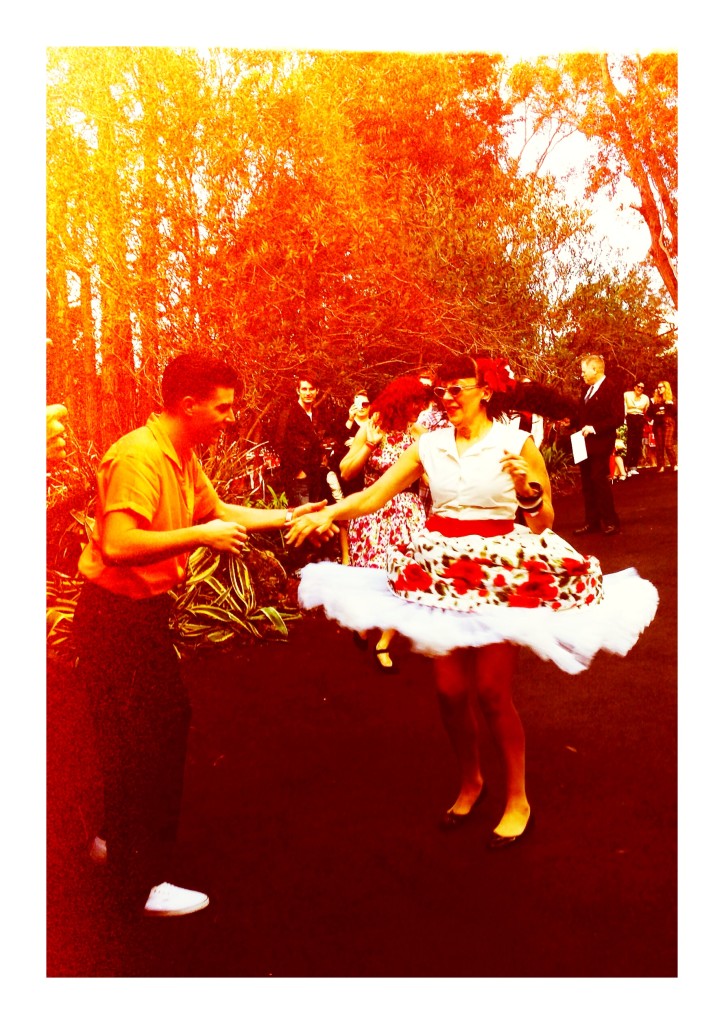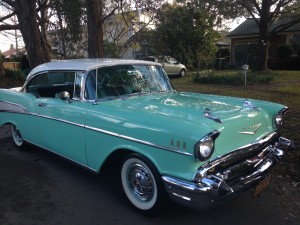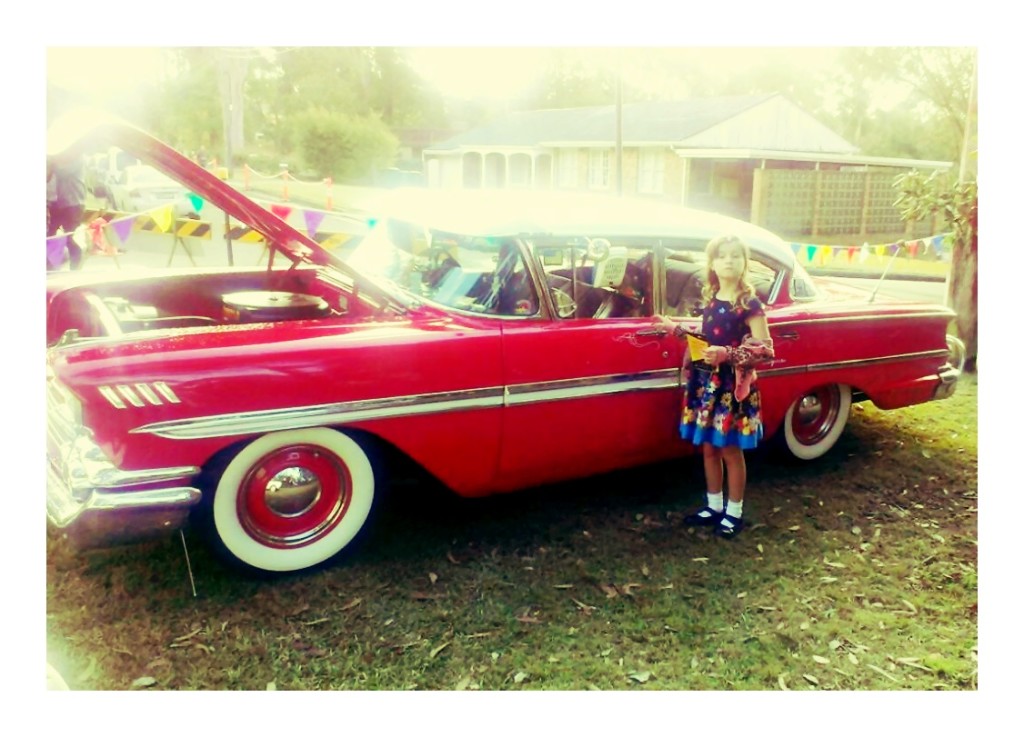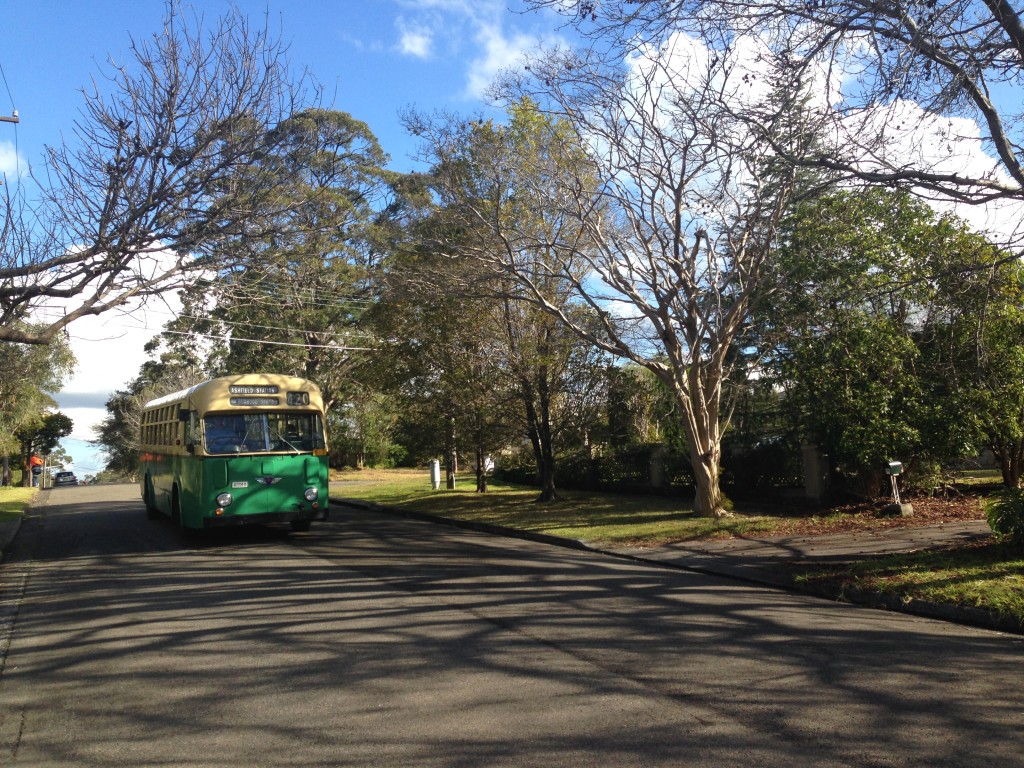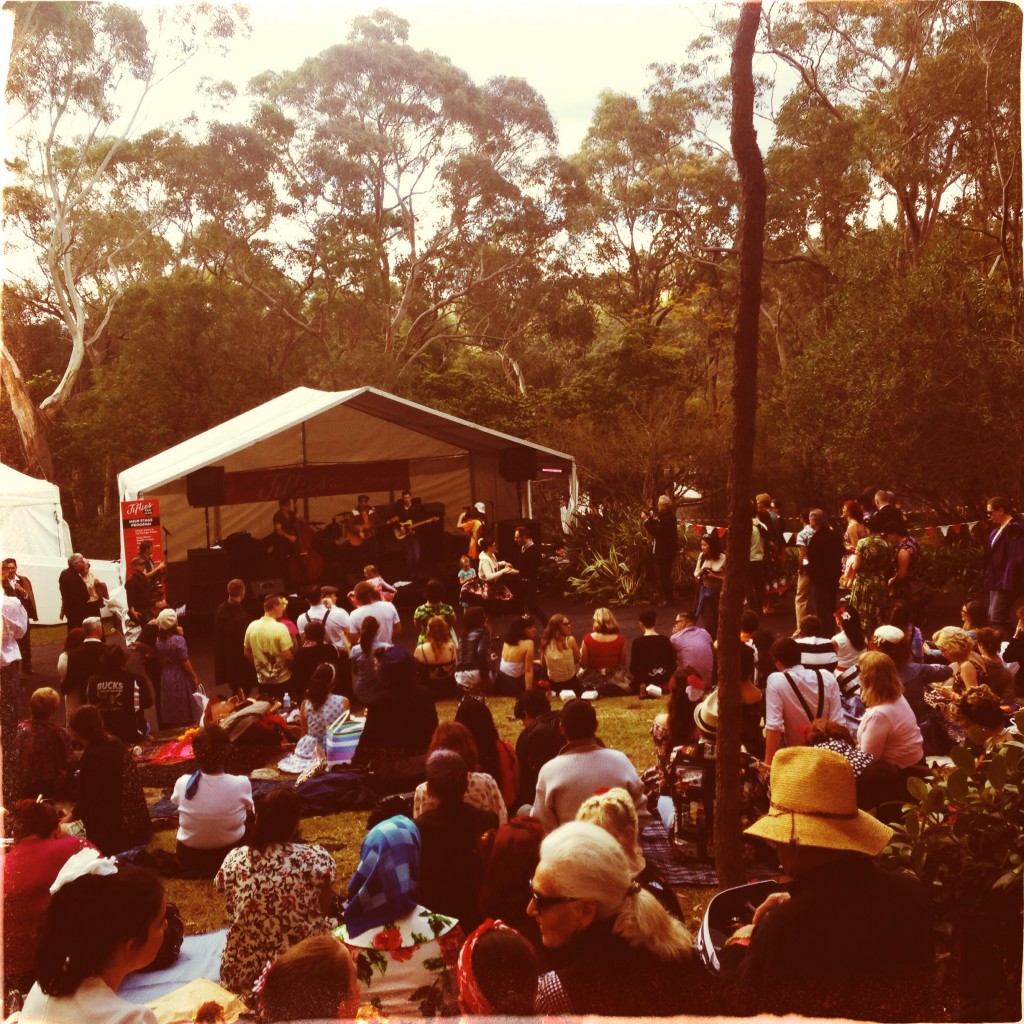About Me
An Escape to Somewhere at the Winter Solstice
Gaiman illustrates this with the most breath-stopping testament to what we endure for stories as they in turn help us endure, by way of his 97-year-old cousin Helen, a Polish Holocaust survivor:
“A few years ago, she started telling me this story of how, in the ghetto, they were not allowed books. If you had a book … the Nazis could put a gun to your head and pull the trigger – books were forbidden. And she used to teach under the pretense of having a sewing class… a class of about twenty little girls, and they would come in for about an hour a day, and she would teach them maths, she’d teach them Polish, she’d teach them grammar…
One day, somebody slipped her a Polish translation of Margaret Mitchell’s novel Gone with the Wind. And Helen stayed up – she blacked out her window so she could stay up an extra hour, she read a chapter of Gone with the Wind. And when the girls came in the next day, instead of teaching them, she told them what happened in the book. And each night, she’d stay up; and each day, she’d tell them the story.
And I said, “Why? Why would you risk death – for a story?”
And she said, “Because for an hour every day, those girls weren’t in the ghetto – they were in the American South; they were having adventures; they got away.
I think four out of those twenty girls survived the war. And she told me how, when she was an old woman, she found one of them, who was also an old woman. And they got together and called each other by names from Gone with the Wind…
We [writers] decry too easily what we do, as being kind of trivial – the creation of stories as being a trivial thing. But the magic of escapist fiction … is that it can actually offer you a genuine escape from a bad place and, in the process of escaping, it can furnish you with armour, with knowledge, with weapons, with tools you can take back into your life to help make it better… It’s a real escape – and when you come back, you come back better-armed than when you left.
Helen’s story is a true story, and this is what we learn from it – that stories are worth risking your life for; they’re worth dying for. Written stories and oral stories both offer escape – escape from somewhere, escape to somewhere.
Coral Dreaming
We are now back in Sydney, still reflecting over Heron Island’s turquoise sea and sky, and the ever-gliding shadows in the ocean of sharks, sting-rays and turtles.
Heron Island, one of the great natural wonders of the world, is a coral cay which began forming around 6000 years ago. Situated off the Queensland coast, Heron has been described by David Attenborough as one of his favourite places to see marine wildlife up close. The island is small; it takes about 20 minutes to walk it (double that time when we were with our ten-year-old daughter at night on our turtle hatchling expeditions). We chose Heron to retreat and recharge because there’s no technology there and we were all longing for a break from Wi-Fi and computer screens. Plus, it was turtle hatching time and who can resist baby turtles born in the wild?
I miss circumnavigating the island’s white sands. I loved being in that world of primary-coloured crayon blue sky and sea. If I close my eyes now and attempt to block out the traffic and the workmen’s constant drilling from the factories surrounding me, I can hear a faint lapping of water, and feel within me the elegant unexpected beauty of a turtle swimming past and the graceful otherworldly shapes of the stingrays in their exquisite ocean glide.
I have emerged like the little mermaid from Hans Christian Andersen’s tale from an enchanted underwater world of coral forests, exotic fish and – onshore – luxuriant green foliage that parasolled us overhead in a magnificent jungle. Heron Island is home to up to 100,000 birds. At night the shearwaters return from the sea and the calls to their waiting children sound like the eerie screech of restless, uneasy ghosts.
We wandered for five days in a tourist postcard of Australia, marvelling over this parallel tropical world as we swam with reef sharks and stingrays. We even saw a manta ray on the semi-submersible boat tour of the reef.
As Daisy and David snorkelled out trying to find sharks, I was paddling around knee deep trying to avoid them (the sharks). Then I realised I was surrounded by what looked like twenty fins. For years I’ve had a severe shark phobia, but once you’ve experienced them around you and realise these reef sharks are not interested in you as dinner, then you form a new respect towards these elegant and fascinating beings.
We cheered on baby turtles as they hatched, making their plucky and courageous dash to the ocean. Some sadly were snatched instantly by the waiting sharks, but others were taken by the current to hopefully travel the world before they miraculously return to their original hatching place.
Daisy loved the Junior Rangers programme and made good friends amongst the children there. They called themselves The Clan and bonded immediately over turtles hatching and snorkelling with sharks. Daisy is still thrilled she managed to snorkel with her new friends out to the shipwreck that serves as a breakwater.
Walking on the beach one night, my daughter cried out as a baby turtle fell from the sky at her feet, obviously dropped by a bird. We watched in awe as it managed to upend itself the correct way and continue its journey to the sea. My daughter christened that turtle Lucky and we vowed to return at the same time in 30 years to see if Lucky would return to her original hatching place.
It’s hard to believe that in the 1920s Heron Island was a turtle cannery and in the 1950s tourists rode the turtles for sport. Thankfully, turtle riding was outlawed circa 1960.
And so we are back in Sydney. The jackhammers are jarring as the workmen dismantle the shoe factory next door to make yet more flats and shops. The city seems a grotesque heavy charcoal drawing next to the primary-coloured island with its pristine air and breathtaking scenery.
I hope it is not too long before we make that journey over the sea to Heron Island and enjoy the island’s “Welcome” cocktail. I watched Heron disappear from the boat as we left, farewelling sadly that magical coral cay with its turquoise waters and sea life until it became a distant faint smudge on the horizon.
I could have sat on the sand forever watching the marine life circle the island, listening to the call of birds and staring into the shimmering dramatic blue that stretched forever. But I should feel lucky to have seen it at all.
It’s been sobering learning from the guides on Heron Island about how the impact of global warming and mankind’s impact has had a noticeably detrimental effect on the reef. We are all part of the same web and, as legendary marine biologist and oceanographer Sylvia Earle warned in the papers this week: “If you like to breathe, listen up, the message is to protect the ocean as if your life depends upon it, because it really does. No ocean, no life. We’re so concerned about the green movement, but without the ocean, there’s nothing there. No blue, no green.”
La Casa del Poeta and the Summer Blue
Normally never a summer lover, I hanker for misty mornings, gloomy rainy days and snow. But this year I cast aside my Scorpionic affinities for winter and embraced Summer. Throughout the holiday break we didn’t leave Sydney and although I sighed wistfully when viewing friends’ social media accounts of their holidays abroad, I enjoyed the hush in the streets surrounding our inner-city home – a break from the constant jackhammering on the building site next door. Instead we embraced more peaceful streets that looked like they belonged in the 1950s, and a half-empty shopping mall. Throughout the lethargic summer days there was time to plan the year ahead and explore Sydney’s breathtaking beaches. A new favourite this year was Bundeena and also Cronulla. I loved this area where a vibrant mix of cultures gathered to escape the heat wave and enjoy the spectacular views of the popular surfing beaches.
The school year is now well under way and my life is filled with notices, appointments, homework and in the midst of the whirl – writing my new book. I’m really enjoying crafting this mystery which once again examines the ripple effect of murder across three different time periods in a Tasmanian village. My agent is happy with the early chapters she has read.
Mercury Retrograde has ended and with its departure heralded welcome news from Spain. I adore Poet’s Cottage’s poetic and Cocteau sounding Spanish translation – La Casa del Poeta. The cover is one of my favourite interpretations – so atmospheric and really conveys the story. I hope La Casa del Poeta is enjoyed in Spain. It’s always a joy to think of my Tasmanian murder mystery being read in different countries.
Tomorrow we will spend five days on the Great Barrier Reef. With no technology for distraction I’m taking only a notebook, books to embrace the endless blue sky and sea. I can’t wait to feel sand beneath my feet and see some baby turtles being born. I’m packing here a massive amount of flowers for my hair, tarot and Angel cards – all the essentials!
Thank you for visiting and I wish you creative and magical days.
Love and Light,
Josephine
Anna Romer and The Eye of the Rhino
Hello, Happy New Year Greetings. With all the traumatic events happening globally I’ve felt in need of creative and soul inspiration, and so I’ve begun a new series on Tale Peddler called The Eye of the Rhino. It’s from Stella Adler, who said success in the arts requires ‘the skin of a rhinoceros but the soul of a rose’. 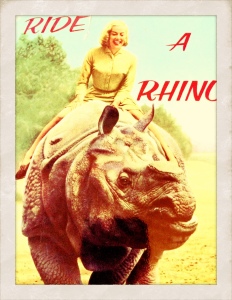 One observation I’ve made with my creative friends is they are tenacious. Creative success seems to involve a synthesis of Talent, Timing, Tenacity and Luck and it’s the tenacity aspect that interests me. What inspires some individuals to pursue their dreams despite inevitable disappointments along their path? I say inevitable as I’ve observed that even among my more successful creative friends, they have still had to overcome obstacles that you would never hear about on their social media accounts. I hope you enjoy this series and get as much inspiration from it as I do. First up is Anna Romer.
One observation I’ve made with my creative friends is they are tenacious. Creative success seems to involve a synthesis of Talent, Timing, Tenacity and Luck and it’s the tenacity aspect that interests me. What inspires some individuals to pursue their dreams despite inevitable disappointments along their path? I say inevitable as I’ve observed that even among my more successful creative friends, they have still had to overcome obstacles that you would never hear about on their social media accounts. I hope you enjoy this series and get as much inspiration from it as I do. First up is Anna Romer. 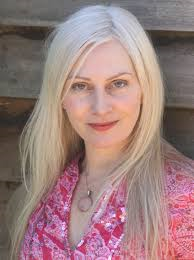 I’ve known Anna for many years. I thought she’d be an interesting artist to begin with as she had a long apprenticeship until her success with her book Thornwood House, an Australian Gothic mystery published by Simon and Shuster in September 2013. Thornwood House broke though Anna’s years of writing in oblivion and was a bestseller. Anna was a graphic artist and has travelled widely. In an alternative career path she’d have made a powerful energetic healer as she does unforgettable massages (personally experienced). Anna’s a highly individual person and one of the more interesting authors I’ve met. Shunning a lot of technology, she prefers the rhythm of her own imagination and the pulse of the bush that permeates her writing. Lyrebird Hill (her second novel, also an Australian Gothic mystery) was released in September 2014. Anna and I share a love of communicating by letters, Spirituality, Joseph Campbell. I’m delighted Anna accepted my invitation to discuss her creative inspirations for Eye of the Rhino.
I’ve known Anna for many years. I thought she’d be an interesting artist to begin with as she had a long apprenticeship until her success with her book Thornwood House, an Australian Gothic mystery published by Simon and Shuster in September 2013. Thornwood House broke though Anna’s years of writing in oblivion and was a bestseller. Anna was a graphic artist and has travelled widely. In an alternative career path she’d have made a powerful energetic healer as she does unforgettable massages (personally experienced). Anna’s a highly individual person and one of the more interesting authors I’ve met. Shunning a lot of technology, she prefers the rhythm of her own imagination and the pulse of the bush that permeates her writing. Lyrebird Hill (her second novel, also an Australian Gothic mystery) was released in September 2014. Anna and I share a love of communicating by letters, Spirituality, Joseph Campbell. I’m delighted Anna accepted my invitation to discuss her creative inspirations for Eye of the Rhino.
J – I know your writing path wasn’t a smooth trajectory. You spent many years working on another project which hasn’t yet been published. Can you talk about how it felt to work on that project and what it was like to cross over to the new genre you are working in with Thornwood House and Lyrebird Hill?
You’re quite right, my writing path was long and winding – and there were times I was convinced it was leading nowhere. Luckily for me, I’m utterly addicted to the writing process, and that’s what kept me going. One of my great passions along the way was a historical novel I worked on for many years. It was an adventure story set in a time when people were restrained by archaic traditions and strict social laws. My favourite thing about writing this story was developing characters who were feisty and strong-willed, who flouted those laws and went their own way. The research for this project was intensive. I spent years losing myself in books and pictures and movies, drawing maps and diagrams and timelines and, even dreaming about my characters until they felt like dear old friends. I was totally obsessed! Sadly, the plot was very flawed. In my mind’s eye I could see a beautiful, richly-layered adventure story, but I didn’t have the skills back then to pull it into shape. My agent suggested I set the story aside for a while and work on something with less demanding research. So I dumped my beloved project in the bottom drawer with all my other rejects, and went back to the drawing board. I decided my next novel would be set in Australia – a simple mystery story about a woman who inherits an abandoned house. I would throw in all the elements I loved: forgotten old letters, a buried diary, an overgrown garden, and a star-crossed love story. Most importantly, I’d keep my research minimal. Famous last words. Before I knew it, my story had grown convoluted roots that reached back to the 1940s. Suddenly I had a mountain of memoirs and war diaries and biographies to read! I wasn’t really fazed about tackling a completely new genre. Early on I’d attempted to write a horror-thriller (while I was under the thrall of Stephen King), and when that bombed I tried my hand at romance, crime, fantasy. Each of the seven novels in my reject drawer is a different genre! But thanks to the lessons I learned from all my failed projects, I developed a much better grasp on how to structure a novel. I learned that each genre has its own specific requirements; romance focuses on the relationship, while a thriller constantly threatens the hero’s life.
And yet the core of any story is the same. I’m a huge fan of Joseph Campbell’s “Hero’s Journey” which explores the idea that all stories – myths, fairytales, and legends – share the same basic components. A troubled character embarks on a quest to solve her problem; she undergoes a series of tests that ultimately transform her; by sacrificing what she wants, she achieves what it is she most needs – and in the process, she becomes whole. 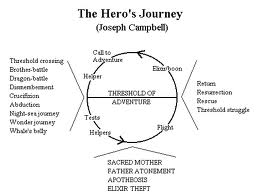 This theory sounds formulaic, but I found it wonderfully freeing. Once I started working with it, all other elements specific to genre fell into place. Suddenly my plot was holding together. The characters were making sense. The story had purpose, and because I now knew where I was going, the process became much more fun.
This theory sounds formulaic, but I found it wonderfully freeing. Once I started working with it, all other elements specific to genre fell into place. Suddenly my plot was holding together. The characters were making sense. The story had purpose, and because I now knew where I was going, the process became much more fun. 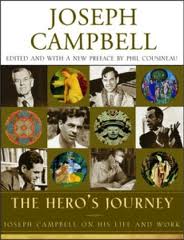 J – What has kept you going throughout all the years you have worked away in solitude on your books? What helped to foster your own self-belief in your talent and enabled you to have a rhinoceros skin?
J – What has kept you going throughout all the years you have worked away in solitude on your books? What helped to foster your own self-belief in your talent and enabled you to have a rhinoceros skin?
I’d always loved romantic adventure stories that changed the way I thought or felt – and that’s what I wanted to write. But my early attempts made it clear how much I needed to learn! The thing that kept me going all those years, was the challenge of somehow achieving my vision. It was like a carrot dangling just ahead of me, always out of reach – but soooo delicious-looking. I wanted to do justice to the stories I could see in my head, and the only way to do that was to develop my storytelling skills. I embarked on a mission, reading every how-to book I could lay my hands on, trying every technique. More importantly, I wrote and wrote. And whenever I looked back over my work and found even the tiniest improvement, a fresh rush of excitement would spur me on. I was never under the illusion that I was a particularly good writer. My self-belief fought a constant battle with my self-doubt. But I really loved learning about plot and structure and character development … I still do! Concepts such as Joseph Campbell’s Hero’s Journey were endlessly fascinating to me. I was like a drug addict, continually seeking my next fix of story know-how. Even if I’d wanted to stop, I couldn’t have.
J – Love of the Australian bush permeates Thornwood House. To me, the book really throbs with nature cycles. How important is it to you as an artist to live in the bush in the solitude you obviously enjoy? Could you have written Thornwood House in a city? 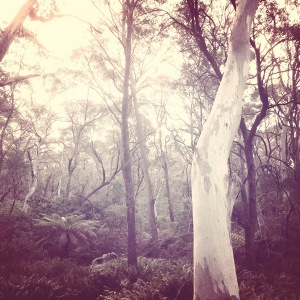 I’m a huge fan of Diana Gabaldon who wrote the immensely popular Outlander series. Her first book is set in Scotland in the 1600s, and it grippingly evokes the life and culture of that time.
I’m a huge fan of Diana Gabaldon who wrote the immensely popular Outlander series. Her first book is set in Scotland in the 1600s, and it grippingly evokes the life and culture of that time.
I was fascinated to learn that Diana wrote her first book in the series without ever having visited Scotland. I read about how she listened to folk song recordings to hone her ear to Scottish accents. She quizzed experts, and no doubt used her own formidable researching skills to make her story world so believable. This taught me that it’s possible to write convincingly about any location or historical period or life experience – if you do enough research. But for me, as with most writers, immersing myself in a location brings additional insight and depth to that research. I love to sit and observe. I love to drink in the smell of wildflowers, or walk through the bush at night without a torch, or fire off a few rounds from a double-action revolver, or pick up an eastern brown snake so I can confidently describe the fine velvety nap of its skin. 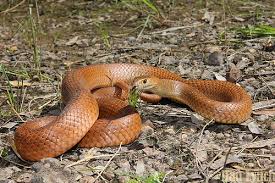 Besides all that, I’m the sort of person who thrives in a natural environment. If I spend a lot of time in town I get frazzled; there’s too much sensory input. My brain likes wide open spaces, and the sound of wind in the trees, and the pebbly smell of the river. I need to be among those nature cycles to understand them and allow them to permeate me. I know I sometimes get carried away with my descriptions, waffling on about leaves and flowers – but that’s how I write. Without the energy of the natural world flowing through my stories, I would quickly lose my excitement for them.
Besides all that, I’m the sort of person who thrives in a natural environment. If I spend a lot of time in town I get frazzled; there’s too much sensory input. My brain likes wide open spaces, and the sound of wind in the trees, and the pebbly smell of the river. I need to be among those nature cycles to understand them and allow them to permeate me. I know I sometimes get carried away with my descriptions, waffling on about leaves and flowers – but that’s how I write. Without the energy of the natural world flowing through my stories, I would quickly lose my excitement for them. 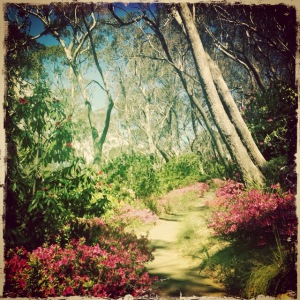 J – Do you have any advice or insight for anybody who is contemplating changing their career and embracing a more creative path? Go for it! For me, the best advice regarding creativity comes from Joseph Campbell: “Follow your bliss.”
J – Do you have any advice or insight for anybody who is contemplating changing their career and embracing a more creative path? Go for it! For me, the best advice regarding creativity comes from Joseph Campbell: “Follow your bliss.”  If you hanker to paint, then paint; if you yearn to tell stories, then do that. If you want to knit, or cook, or lose yourself in the garden – then embrace your creative yearnings with a full heart. Invest a lot of love into what you do, and don’t worry if you have to spend years working other jobs to support it. Walking a creative path is not always easy, but it’s a worthy challenge. Your life will be all the richer for it. And if it makes your soul sing, what is there to lose?
If you hanker to paint, then paint; if you yearn to tell stories, then do that. If you want to knit, or cook, or lose yourself in the garden – then embrace your creative yearnings with a full heart. Invest a lot of love into what you do, and don’t worry if you have to spend years working other jobs to support it. Walking a creative path is not always easy, but it’s a worthy challenge. Your life will be all the richer for it. And if it makes your soul sing, what is there to lose?

Anna Romer, Josephine Pennicott and Anna’s sister Sarah who looks after her social media presence. Lucky Anna!
J – I know you don’t have a very active online presence; although you’re blessed with a sister who maintains your Facebook page. What is your take on social media for artists? I’m certainly blessed with a wonderful sister! In fact I have two wonderful sisters who rave about my books to everyone they meet – lucky me! Sarah saves my poor old brain cells by managing our social media page, which allows me to focus more on my writing. I find the energy of the Internet disrupts my creative flow. I get jittery when I’m online, and afterwards my thoughts feel quite scattered. For inspiration to flow, I need to be relaxed and centred. As an artist, you have to weigh up the benefits of spending time promoting your work on social media, against the advantages of using that time to develop and layer your work. For me, my stories are simply more important. I don’t consider myself a natural-born talent at writing. I have to work ridiculously long hours, drafting and re-drafting and editing my stories into shape before I’m satisfied that they’re ready to present to my readers. I’m always acutely aware that for a reader, a book is an investment. Not just of money, but of many hours of their time. I want to give my readers my very best, and this requires that I sacrifice nonessentials such as social media. I’m also a strong believer in word-of-mouth – if you hone your craft and put your heart and soul into creating an entertaining story, then there’ll be readers who will utterly love your books … and that’s really what it’s all about, isn’t it? 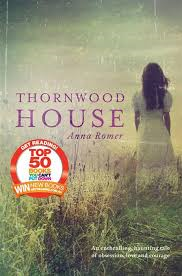 J – Thornwood House has a dark mystery at its foundations. How tightly do you plot your books? Are you somebody who likes to free-fall into the story and allow it to come through you; or do you prefer a more tightly-plotted book? How did writing Lyrebird Hill differ from the first book? I start any project with an enormous amount of brainstorming, researching, and planning where I want the story to go. By the time I’m ready to begin, I have a tightly plotted outline. But when I’m writing I tend to lose myself in the story. I forget all my well laid plans and get carried off by the adventure. Sooner or later I hit a brick wall, which sends me scurrying back to my outline. I replot, work out how to tie up the new loose ends I’ve created, and then freefall back into my characters’ lives.
J – Thornwood House has a dark mystery at its foundations. How tightly do you plot your books? Are you somebody who likes to free-fall into the story and allow it to come through you; or do you prefer a more tightly-plotted book? How did writing Lyrebird Hill differ from the first book? I start any project with an enormous amount of brainstorming, researching, and planning where I want the story to go. By the time I’m ready to begin, I have a tightly plotted outline. But when I’m writing I tend to lose myself in the story. I forget all my well laid plans and get carried off by the adventure. Sooner or later I hit a brick wall, which sends me scurrying back to my outline. I replot, work out how to tie up the new loose ends I’ve created, and then freefall back into my characters’ lives. 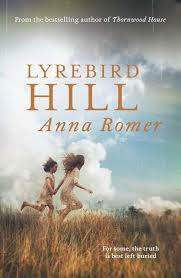 Lyrebird Hill was a very different writing experience to my first book; with Thornwood House I had the luxury of time. Years, in fact. The tight deadlines on Lyrebird Hill gave me no choice but to knuckle down and get the story written as quickly as possible. I didn’t have time to stop and agonise over the plot, or waffle off on tangents. I wrote only what I believed was necessary, and as a result went through a huge learning curve. It was crazy, daunting, obsessive … and bucket-loads of fun! And I think the story is better because of it.
Lyrebird Hill was a very different writing experience to my first book; with Thornwood House I had the luxury of time. Years, in fact. The tight deadlines on Lyrebird Hill gave me no choice but to knuckle down and get the story written as quickly as possible. I didn’t have time to stop and agonise over the plot, or waffle off on tangents. I wrote only what I believed was necessary, and as a result went through a huge learning curve. It was crazy, daunting, obsessive … and bucket-loads of fun! And I think the story is better because of it. 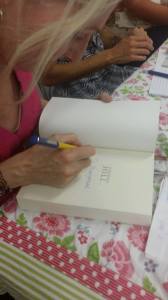 J – Are you a notebook person, or a writing online type of person? Do you prefer to draft on paper or computer?
J – Are you a notebook person, or a writing online type of person? Do you prefer to draft on paper or computer?
I’m very much a notebook person. I usually have several notebooks per novel, which I refer to constantly. I love the tactile feeling of writing on paper – scribbling over words and rewriting, cutting out bits and moving them somewhere else, gluing in photos, drawing maps and diagrams and charts… bliss! Being a visual person, I love the chaos and colours of my notebooks and find working in them a very relaxing way to let the ideas flow. I seem to be sensitive to electronic equipment, and because I spend so much time staring at a computer screen – drafting or transcribing my handwritten notes or editing – by the end of the day I end up feeling very drained. Breaking up my computer time with other activities such as drawing maps or filling out charts in my notebook helps to keep my mind fresh. 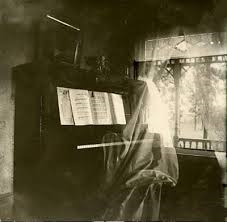 J – How do you feed your Muse? And what does your Muse look like? I know we share an interest in spiritual matters and so do you use that element of yourself in your writing process? I imagine my muse to be a sort of wild ghost-like creature in photo-negative form. I feed her on a varied diet of books: biographies, history, how-to manuals, as well as fiction – classic, popular, and sometimes downright trashy. She regularly feasts on films and a smorgasbord of music. She responds well to a hot bath, a walk in the bush, a river swim, or some therapeutic opp-shopping! She’s also fond of conflicting emotions, arguments, love gone wrong, betrayal and disappointment – so occasionally I let her binge on one of these as well. I believe that our creative selves are very much grounded in the spirit. For me, writing a book is a magical sort of experience. It requires a lot of trust in yourself to embark upon such a huge task and commit to finishing. And it also requires that you set aside your fears and expectations, and surrender to the process. I spend a lot of time reading books about how to improve the craft of writing, how to strengthen my weaknesses and hone my skills. But I think the success of any creative project really relies on less tangible elements. Instinct, impulse, intuition. It’s exhilarating to connect with your spiritual self and allow it to guide you; to follow those improbable threads of thought that you know will eventually weave something special into the story. I find that when I let go of all the writerly rules that I’ve learned in my how-to books, and instead focus on the pleasure my writing brings me, I can relax and enjoy the process. I trust my muse to guide me, and that’s when the magic really begins to happen.
J – How do you feed your Muse? And what does your Muse look like? I know we share an interest in spiritual matters and so do you use that element of yourself in your writing process? I imagine my muse to be a sort of wild ghost-like creature in photo-negative form. I feed her on a varied diet of books: biographies, history, how-to manuals, as well as fiction – classic, popular, and sometimes downright trashy. She regularly feasts on films and a smorgasbord of music. She responds well to a hot bath, a walk in the bush, a river swim, or some therapeutic opp-shopping! She’s also fond of conflicting emotions, arguments, love gone wrong, betrayal and disappointment – so occasionally I let her binge on one of these as well. I believe that our creative selves are very much grounded in the spirit. For me, writing a book is a magical sort of experience. It requires a lot of trust in yourself to embark upon such a huge task and commit to finishing. And it also requires that you set aside your fears and expectations, and surrender to the process. I spend a lot of time reading books about how to improve the craft of writing, how to strengthen my weaknesses and hone my skills. But I think the success of any creative project really relies on less tangible elements. Instinct, impulse, intuition. It’s exhilarating to connect with your spiritual self and allow it to guide you; to follow those improbable threads of thought that you know will eventually weave something special into the story. I find that when I let go of all the writerly rules that I’ve learned in my how-to books, and instead focus on the pleasure my writing brings me, I can relax and enjoy the process. I trust my muse to guide me, and that’s when the magic really begins to happen.
J – If you need to have the hide of a rhinoceros and the soul of a rose to succeed in the arts: how do you see your rhino hide as being? What are the qualities that have kept you going and where do you think you have gained those qualities from? And also ? how would you see yourself as the soul of a rose? What are your more sensitive qualities? 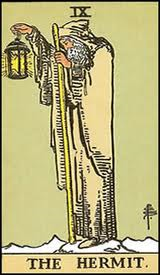 I’m probably the opposite – with the hide of a rose, and the heart of a rhino! I seem to absorb everything around me, as if there’s no filter between me and the outside world. Sights, sounds, smells … are all vibrant and mesmerising, and all too often overwhelming. I pick up other people’s moods, and I’m sensitive to vibes between others. That’s why I’m such a hermit – I need to remove myself from the fast pace of the world so I can reflect and channel my energies into my work. If I don’t, I burn out very quickly. I suppose my rhino hide is really a cloak of determination. It’s the one quality that’s kept me going. Whenever the cold winds of doubt or disappointment begin to blow, I draw my cloak more tightly around me and march on. Determination is a quality I’ve learned from the women in my family – my granny, my grandma, my mum. Incredibly resilient women, who forged on no matter what. I’m blessed to have been close to all three, and the qualities they passed along to me are among my most treasured possessions.
I’m probably the opposite – with the hide of a rose, and the heart of a rhino! I seem to absorb everything around me, as if there’s no filter between me and the outside world. Sights, sounds, smells … are all vibrant and mesmerising, and all too often overwhelming. I pick up other people’s moods, and I’m sensitive to vibes between others. That’s why I’m such a hermit – I need to remove myself from the fast pace of the world so I can reflect and channel my energies into my work. If I don’t, I burn out very quickly. I suppose my rhino hide is really a cloak of determination. It’s the one quality that’s kept me going. Whenever the cold winds of doubt or disappointment begin to blow, I draw my cloak more tightly around me and march on. Determination is a quality I’ve learned from the women in my family – my granny, my grandma, my mum. Incredibly resilient women, who forged on no matter what. I’m blessed to have been close to all three, and the qualities they passed along to me are among my most treasured possessions. 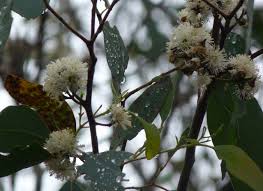
 Jo, I love your image of an artist’s soul resembling a rose … but mine doesn’t feel very rose-like. I’d say it’s closer to a stringybark blossom or hakea flower – thrives in the bush, is quietly productive, and mostly drought-hardy!
Jo, I love your image of an artist’s soul resembling a rose … but mine doesn’t feel very rose-like. I’d say it’s closer to a stringybark blossom or hakea flower – thrives in the bush, is quietly productive, and mostly drought-hardy!
Thank you, Anna Romer for sharing your inspiration with us. Thank you Jo, it was my pleasure.
And so I hope you enjoyed the inspiration from this post. Thanks again Anna for your generous sharing and if you did enjoy, please share with your social media friends who may also benefit. Look out for my next Eye of the Rhino post with another special guest. Anna Romer’s website is HERE Love, Light and Peace, Josephine xx
This interview with Anna is part of my Australian Women Writers Challenge for 2015.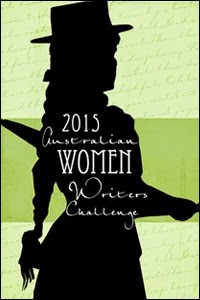
Meet my Character
Thank you to Sandi Wallace for inviting me to play Meet my Character for a blog hop. MEET THE CHARACTER Answer these questions about your main character from a finished work or work in progress: 1.) What is the name of your character? Ginger Lawson. In the 1940s thread of the book, she’s a sixteen-year-old feisty and naive redhead who goes to the Blue Mountains to pose for a notorious artist, Rupert Partridge. In the year Ginger is at his home, Currawong Manor, Rupert’s family suffers a triple tragedy: his wife, Doris is killed by a train, his daughter, Shalimar drowns and Rupert vanishes. Ginger knows the real truth of what happened to the family. In the present day thread when she’s in her seventies, she’s finally ready to reveal her secrets.
2.) Is he/she fictional or a historic person? Fictional, but I was inspired by Pearl Goldman, who was one of painter Norman Lindsay’s favourite muses and models between 1938-1945. I was fortunate to hear Pearl speak at the Norman Lindsay House in Springwood just after starting the book and was really impressed by Pearl’s vivacity, glamorous flamboyance and being so active in her 90s. She added a lot of spark to Ginger.
3.) When and where is the story set? In the Blue Mountains in the fictional upper mountain village of Mt Bellwood between the 1940s and present day and the surrounding bushland of Owlbone Woods. The Blue Mountains is an area I’ve lived in and I’m constantly drawn back to. I love its mysterious valleys, misty landscapes, creative people, gothic atmosphere and changing seasons. 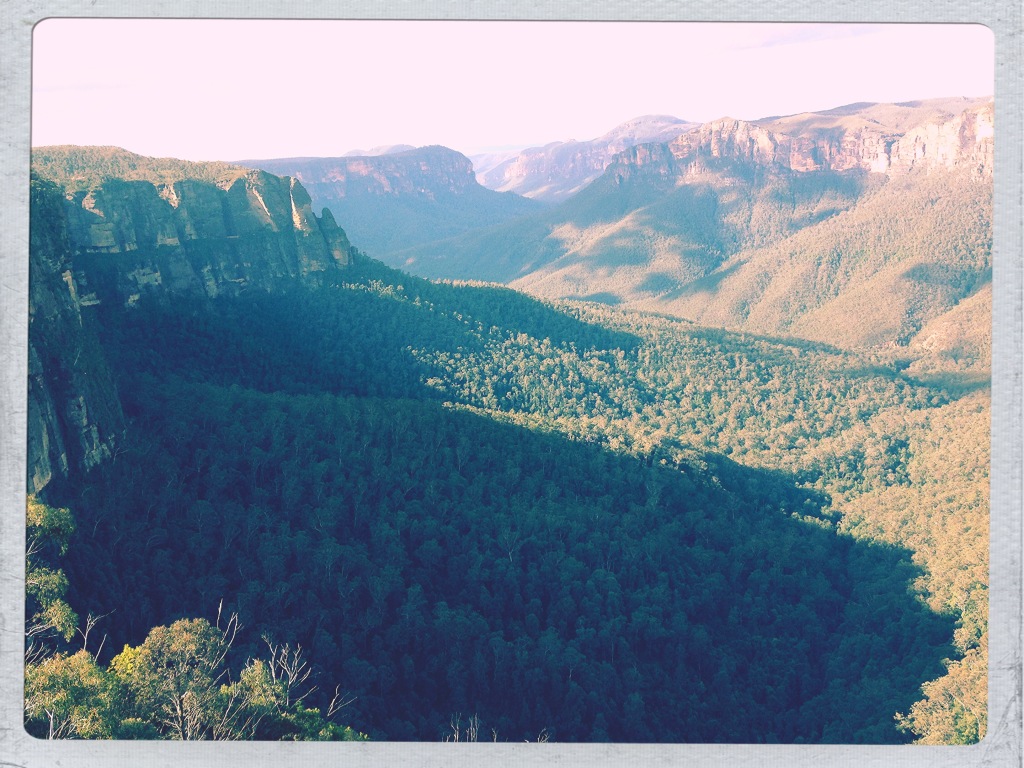 4.) What should we know about him/her? Beneath the seeming confident and self-obsessed facade of Ginger is a young girl willing to do anything to escape her mother’s fate of being one of the ‘Surry Hills rats’ of the 1940s. And not to believe Ginger’s version of events too closely…
4.) What should we know about him/her? Beneath the seeming confident and self-obsessed facade of Ginger is a young girl willing to do anything to escape her mother’s fate of being one of the ‘Surry Hills rats’ of the 1940s. And not to believe Ginger’s version of events too closely…
5.) What is the main conflict? What messes up his/her life? By not revealing what really happened to the Partridge family in the Blue Mountains. Ginger’s had to live with a lot of guilt and anguish over the years. She made two choices back in 1945 that affected many people and she has the burden of the consequences of her silence. 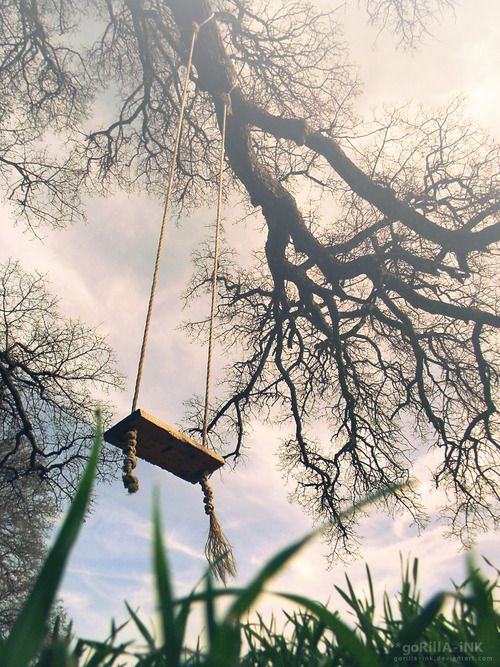 6.) What is the personal goal of the character? The goal of Ginger in the 1940s thread is to escape the drudgery of Molly (her mother’s life) and to become an independent earner. She represents women in Australia in the forties who entered the workforce with the male population away in World War II – and the impact of that transition upon the women of Ginger’s generation. In the present day thread, her goal is to reveal to Rupert’s surviving relatives the truth of what happened to Rupert and his family on the 9th November 1945.
6.) What is the personal goal of the character? The goal of Ginger in the 1940s thread is to escape the drudgery of Molly (her mother’s life) and to become an independent earner. She represents women in Australia in the forties who entered the workforce with the male population away in World War II – and the impact of that transition upon the women of Ginger’s generation. In the present day thread, her goal is to reveal to Rupert’s surviving relatives the truth of what happened to Rupert and his family on the 9th November 1945.
7.) Is there a working title for this novel, and can we read more about it? The working title and the title are one and the same – Currawong Manor.
8.) When can we expect the book to be published or when was it published? Currawong Manor was published by Pan Macmillan Australia in June 2014. 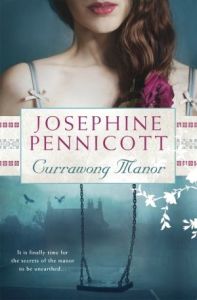 I hope you enjoyed this brief instruction to my character and now it is my turn to tag two writers. I have tagged: Kim Wilkins who also writes commercial women’s fiction novels under the pseudonym of Kimberley Freeman. Kim’s an award-winning writer in children’s, historical and speculative fiction. She has an Honours degree, a Masters degree and a PhD from The University of Queensland where she is also a senior lecturer. You can read more about Kim HERE
I hope you enjoyed this brief instruction to my character and now it is my turn to tag two writers. I have tagged: Kim Wilkins who also writes commercial women’s fiction novels under the pseudonym of Kimberley Freeman. Kim’s an award-winning writer in children’s, historical and speculative fiction. She has an Honours degree, a Masters degree and a PhD from The University of Queensland where she is also a senior lecturer. You can read more about Kim HERE  And I’ve also tagged Karen Brooks who is the author of nine books, an academic of more than twenty-years experience, a newspaper columnist and social commentator, and has appeared regularly on national TV and radio. Before turning to academia, she was an army officer for five years and prior to that, dabbled in acting. You can read more about Karen on her website HERE
And I’ve also tagged Karen Brooks who is the author of nine books, an academic of more than twenty-years experience, a newspaper columnist and social commentator, and has appeared regularly on national TV and radio. Before turning to academia, she was an army officer for five years and prior to that, dabbled in acting. You can read more about Karen on her website HERE  If these writers choose to accept their tags, you’ll be able to read about their chosen charcters on their websites the following Thursday 27th November. Love and Light, Josephine
If these writers choose to accept their tags, you’ll be able to read about their chosen charcters on their websites the following Thursday 27th November. Love and Light, Josephine
Secret Gardens, Mantras and Monsters
Leura is one of the prettiest Blue Mountain villages and Spring is the perfect time to visit, when the mountain air feels enchanted from the cherry blossom and jacarandas trees. As I said in my previous post, we’ve recently introduced our daughter to The Secret Garden book and film and so we enjoyed a family day out at the Leura Garden festival. A few photos below.
We came away with plenty of ideas for our Secret Garden journal. Definitely a must in my Secret Garden is gatepost rabbits.
A wishing well, sacred bells, Madonna figures and a drystone wall.
I’ve been working on my current book, another mystery novel set in Tasmania. So far the characters are materialising beautifully and all the twists and main plot seem strong. I’m at the stage where I want to find out what happens and how it evolves which is the best place for me to be in. When I haven’t been writing, I’ve been catching up on reading. I’m working my way through the large pile of books in my TBR pile. I’ll do a separate post on a few I enjoyed over the holiday break.
Along with my family I completed a course at the Transcendental Meditation Centre in Sydney. The TM centre is located in the striking AWA building in the CBD in York street. The communications tower was designed in 1937-1939 by architects Morrow and Gordon. It has a geometric art-deco design and also features symbols of communication such as a winged Pegarsus. The tower has been featured in the movie The Matrix.
I’ve been meditating regularly for many years now but have always been intrigued by TM and the effects on the creative brain after reading David Lynch’s Catching The Big Fish (highly recommended book on creativity and abstract thought).
I’ve only been practising for a couple of weeks, but it has exceeded my expectations on how deeply you can transcend in twenty minutes. I was surprised by how effortless and easy the process is. I’ll write more on meditation and the effects on my creativity when I’ve been practising TM for a few months.
In Australia, we have celebrated the seasonal Beltane, but being Scorpio and fascinated by death and transfiguration, I view the 31st of October as the Day of the Dead – we enjoyed All Hallows at a friends in the inner-west suburb of Tempe.
I volunteered to walk the children around the streets for a couple of hours which was surreal and dreamlike. In the darkened streets I passed witches, zombies, a live python, and excited children claiming the streets on the night the veils are thin and mayhem rules.
Thank you for visiting me. Please share this post if you know of anyone who would be interested.
In Love and Light,
Josephine
Art, Death and Secret Gardens
Hello, October is my birthday month, and in Australia, Spring is carolling the senses. I love the transitional times of nature seasons and Spring always feels optimistic and burgeoning with new possibilities and change. My family spent a garden-filled school holidays exploring not-so Secret Gardens in Sydney and the Blue Mountains. 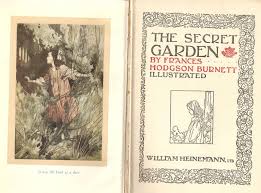
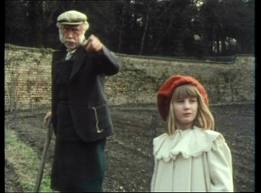 We have just introduced our daughter to the book and film of The Secret Garden, and we were looking for inspiration for our own Secret Garden.
We have just introduced our daughter to the book and film of The Secret Garden, and we were looking for inspiration for our own Secret Garden.
We finally had a family day out at Wendy Whiteley’s magical garden at Lavender Bay. Wendy, grieving the tragic death of her only daughter Arkie, began landscaping the neglected plot of land in front of her Lavender Bay terrace.
 In the process of working through her grief, Wendy created a tranquil sanctuary enjoyed by many today.
In the process of working through her grief, Wendy created a tranquil sanctuary enjoyed by many today. 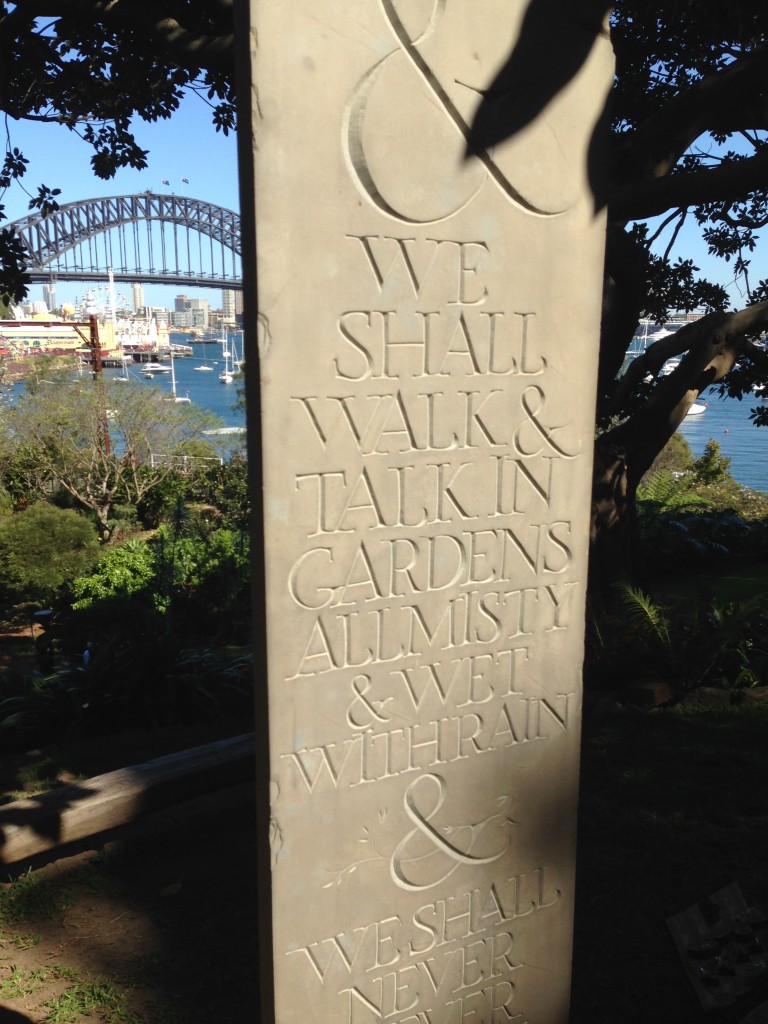 The land which ran alongside the railway track and owned by the NSW Railway Corporation had been overlooked despite its jawdropping harbour views and proximity to Sydney’s Luna Park.
The land which ran alongside the railway track and owned by the NSW Railway Corporation had been overlooked despite its jawdropping harbour views and proximity to Sydney’s Luna Park. 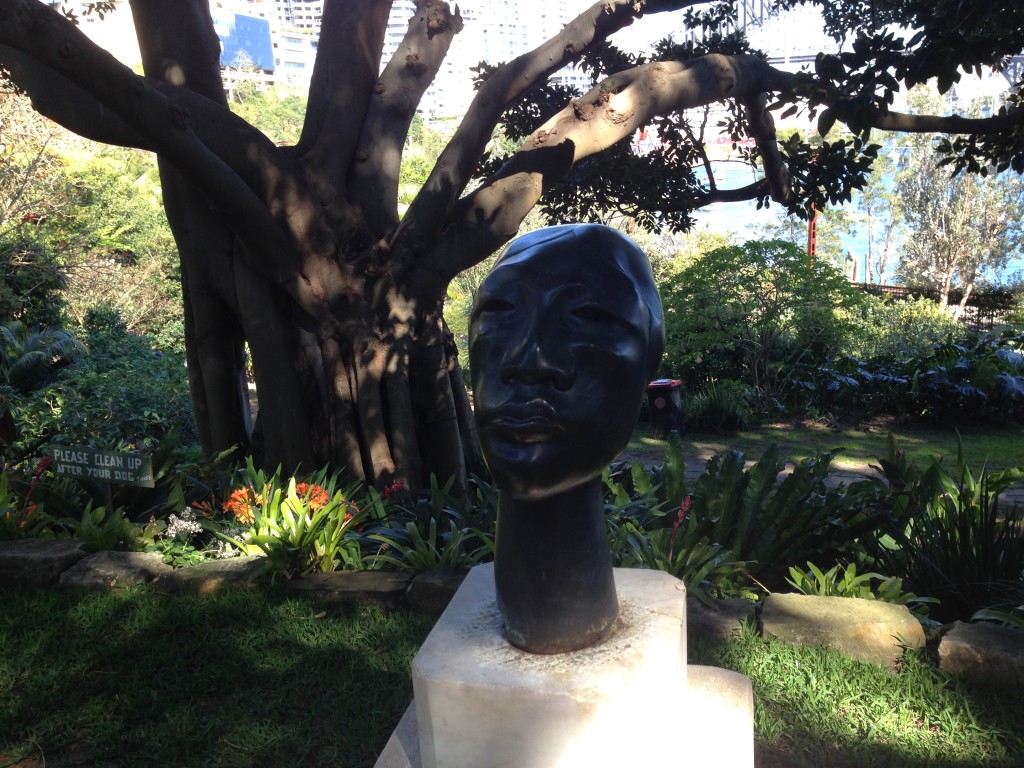 In an early and inspiring example of guerrilla gardening, Wendy began the transformative process of creating an oasis where office-workers and families could recharge.
In an early and inspiring example of guerrilla gardening, Wendy began the transformative process of creating an oasis where office-workers and families could recharge. 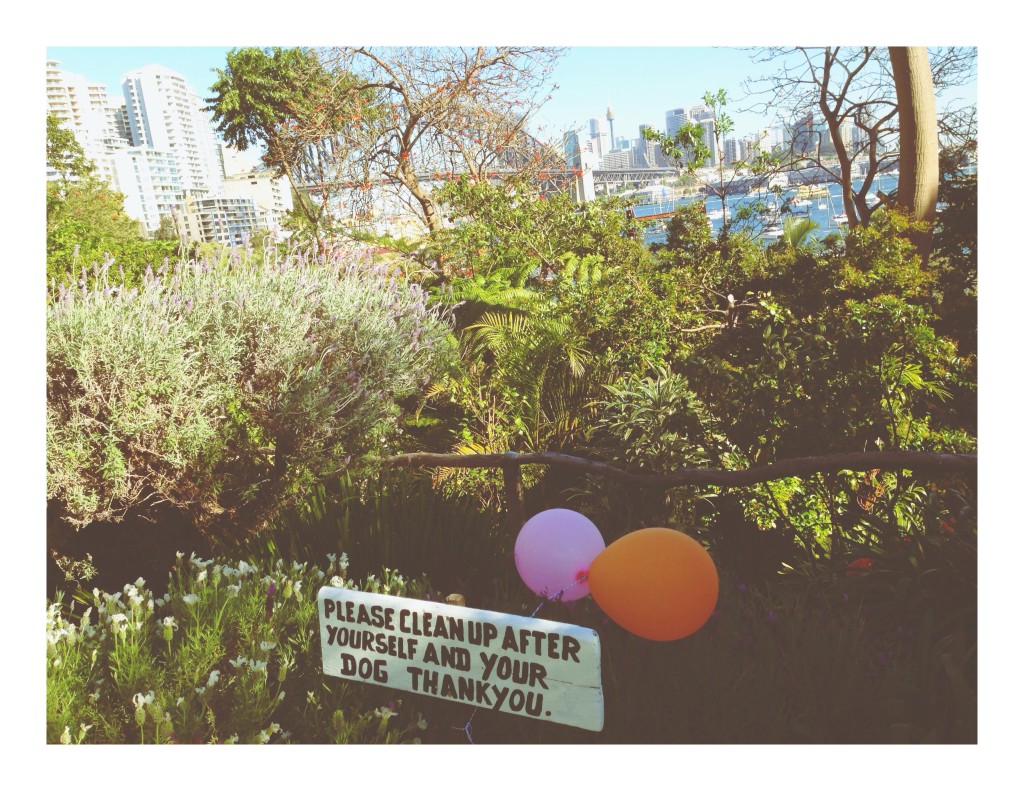
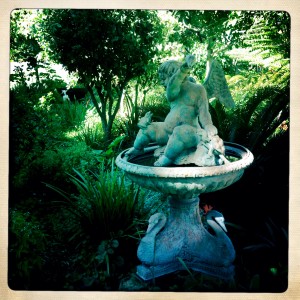 A place with so much green energy that the screams from Luna Park doesn’t diminish its nurturing effect. New birdlife now visits the area thanks to the garden. Palm and fig trees jut out from a steep cliff which has been landscaped beautifully with rocks.
A place with so much green energy that the screams from Luna Park doesn’t diminish its nurturing effect. New birdlife now visits the area thanks to the garden. Palm and fig trees jut out from a steep cliff which has been landscaped beautifully with rocks. 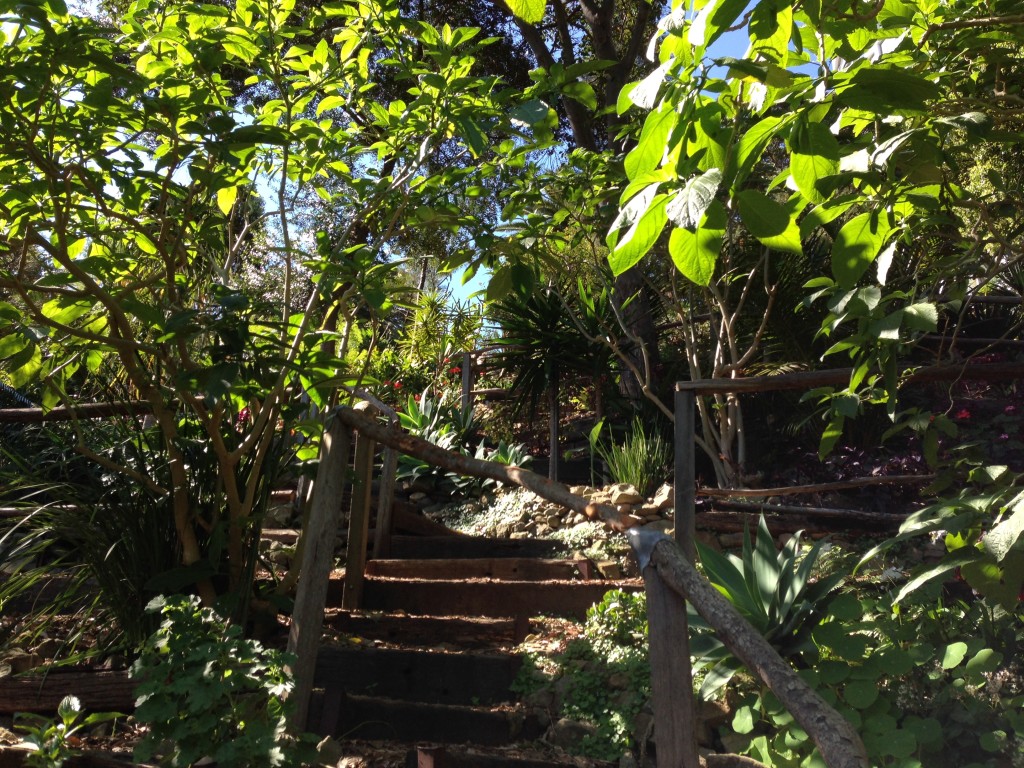 There’s a special energy to this garden where it’s easy to imagine nature devas and fairies frolicking.
There’s a special energy to this garden where it’s easy to imagine nature devas and fairies frolicking. 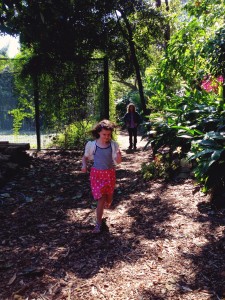
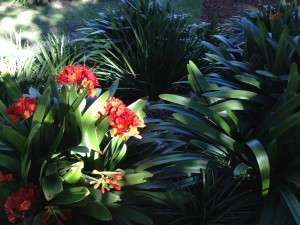
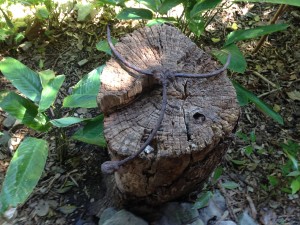 With its superb views, and magical touches in the form of bells, hidden bird-feeders and Asian statues, it’s a serene spot to contemplate life, enjoy loved ones and soak up the best of Sydney.
With its superb views, and magical touches in the form of bells, hidden bird-feeders and Asian statues, it’s a serene spot to contemplate life, enjoy loved ones and soak up the best of Sydney. 
 The ashes of Wendy’s husband, well-known artist Brett Whiteley, who died of a heroin overdose in 1992 and also the ashes of their daughter Arkie, are buried in the garden in a secret spot.
The ashes of Wendy’s husband, well-known artist Brett Whiteley, who died of a heroin overdose in 1992 and also the ashes of their daughter Arkie, are buried in the garden in a secret spot.
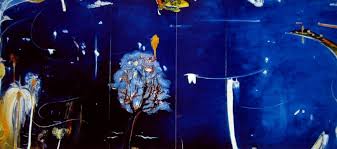 The garden has come to mean a lot to Sydneysiders. Wendy was a promising art student who later became famous as her husband’s muse, but her creativity and vision with her garden will make a lasting difference to the city of Sydney.
The garden has come to mean a lot to Sydneysiders. Wendy was a promising art student who later became famous as her husband’s muse, but her creativity and vision with her garden will make a lasting difference to the city of Sydney.
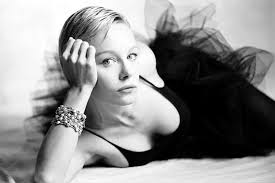 I’ve long been fascinated by Arkie Whiteley, who was beautiful, talented and spoken of very highly by everyone who connected with her. Only recently David and I watched her in Gallowglass, a Barbara Vine psychological thriller and thought how strong her performance was.
I’ve long been fascinated by Arkie Whiteley, who was beautiful, talented and spoken of very highly by everyone who connected with her. Only recently David and I watched her in Gallowglass, a Barbara Vine psychological thriller and thought how strong her performance was. 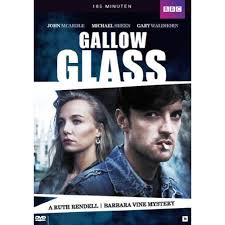
 The other gardens I enjoyed visiting were at Leura in the Blue Mountains for the town’s annual garden festival. Which I shall continue in Part Two of this post.Thank you for visiting me. If you would like to keep up with me on social media, I am on Twitter, Facebook, Instagram and Pinterest. And please share this post if you know of anyone would enjoy it or my writing. Love and Light, Josephine xx ‘
The other gardens I enjoyed visiting were at Leura in the Blue Mountains for the town’s annual garden festival. Which I shall continue in Part Two of this post.Thank you for visiting me. If you would like to keep up with me on social media, I am on Twitter, Facebook, Instagram and Pinterest. And please share this post if you know of anyone would enjoy it or my writing. Love and Light, Josephine xx ‘
The garden, the studio, friendships, somebody’s life, are all those things that keep you going. I don’t feel any great urge to actually paint again. I want to just go and be the mad old bag lady in the garden. I love the fact that Arkie participated in it a bit and loved it. Sometimes I suddenly realise I’m talking about her or Brett or anybody else in my life as though they’re still alive. And in a way they still are. And then you realise that they’re not there anymore, except in your memory. Or in your bones. In Arkie’s case, she’ll always be there. And in Brett’s case, he’ll always be there in part of me. You know? But in her case particularly.’ Wendy Whiteley on Australia Story 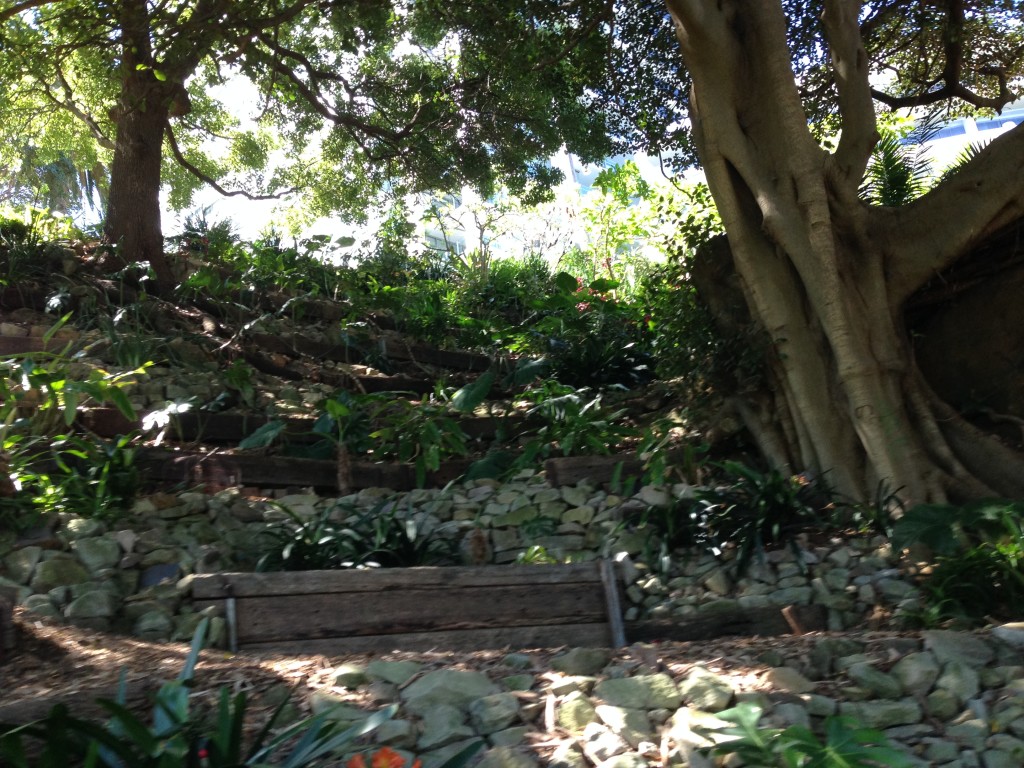
You can read more about Wendy Whiteley’s Lavender Bay garden on the following links below:
Wendy Whiteley transcript from Australia Story HERE
Interview with Peter Wilmot – Bohemian Rhapsody HERE
Mr Potter’s Museum of Curiosities and Kate Mosse
Hello, I’m a big Kate Mosse fan and love gothic literary thrillers, so I was thrilled to see her current book The Taxidermist’s Daughter was inspired by her childhood visits to The Walter Potter Museum.
On an overseas trip to the UK many years ago, David and I visited Jamaica Inn in Cornwall. Not only did we get lost on the moors (another blog post altogether) but we were fortunate to discover Mr Potter’s Museum of Curiosities before it was dismantled. I found the museum incredibly fascinating and longed for another chance to examine it, so I was saddened to hear in 2003 that such a fine collection of Victorian-Edwardian whimsy was lost forever when it was dismantled and sold at auction. 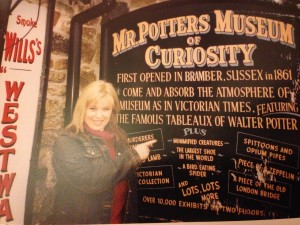 Some might find the taxidermy displays macabre, but I loved the surreal cuteness of the animals in dioramas such as The Death and Burial of Cock Robin (which took Mr Potter seven years to complete and included 98 species of British birds along with a weeping robin widow and a grave-digging owl); his rabbit school with rabbits writing on slates; and kitten tea parties.
Some might find the taxidermy displays macabre, but I loved the surreal cuteness of the animals in dioramas such as The Death and Burial of Cock Robin (which took Mr Potter seven years to complete and included 98 species of British birds along with a weeping robin widow and a grave-digging owl); his rabbit school with rabbits writing on slates; and kitten tea parties. 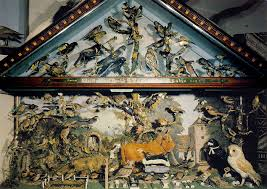 Intricate details featured on all of his work – including frilly knickers on kittens. There were also many other interesting and strange curios, enough to spend hours browsing.
Intricate details featured on all of his work – including frilly knickers on kittens. There were also many other interesting and strange curios, enough to spend hours browsing. 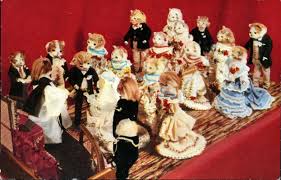
 Mr Potter’s Museum of Curiosities began life in Bramber, Sussex, England.
Mr Potter’s Museum of Curiosities began life in Bramber, Sussex, England.  As a teenager, Walter Potter’s fascination with taxidermy started when he attempted to preserve the life of his pet canary. The Death and Burial of Cock Robin was a massive success.
As a teenager, Walter Potter’s fascination with taxidermy started when he attempted to preserve the life of his pet canary. The Death and Burial of Cock Robin was a massive success. 
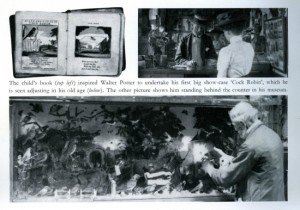 So many people were keen to witness his tableaus that a special platform had to be built at Bramber train station to accommodate the hordes of tourists arriving to view it.
So many people were keen to witness his tableaus that a special platform had to be built at Bramber train station to accommodate the hordes of tourists arriving to view it. 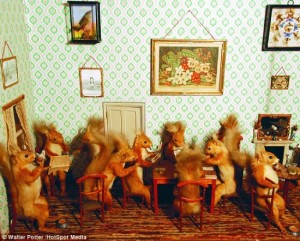 After Mr Potter’s death at 82, his daughter and grandson took over the business. Public taste in taxidermy had now waned and the displays were considered in poor taste.
After Mr Potter’s death at 82, his daughter and grandson took over the business. Public taste in taxidermy had now waned and the displays were considered in poor taste.
The collection, numbering 10, 000 specimens, was moved around to Brighton, Ardundel and then to the owners of the famous Jamaica Inn in Cornwall where visitors come from around the world to experience Daphne du Maurier territory first hand. 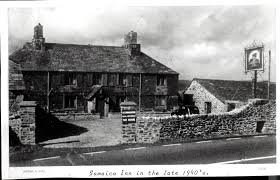 Sadly, when the museum finally went to auction, a one-million pound bid by Damien Hirst to keep the collection intact was rejected, which meant various pieces were sold separately. Hirst wrote a piece for the Guardian HERE called, Mr Potter, Stuffed Rats and Me.
Sadly, when the museum finally went to auction, a one-million pound bid by Damien Hirst to keep the collection intact was rejected, which meant various pieces were sold separately. Hirst wrote a piece for the Guardian HERE called, Mr Potter, Stuffed Rats and Me.
There is also another interesting link HERE to a Taxidermy article about Walter Potter. 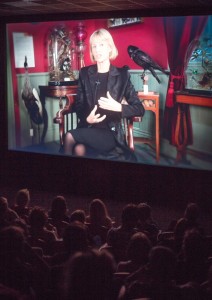 And a link HERE with Kate Mosse talking about her fascination with Walter Potter and his museum.
And a link HERE with Kate Mosse talking about her fascination with Walter Potter and his museum.
Another link HERE is a website to a book about Walter Potter which contains lots of fascinating articles.
And a recent interview with Kate Mosse from the Independent where she discusses the Landscape of her Imagination HERE
With all the excitement of a new Kate Mosse book, I thought it was a good chance to publish the notes I took when she spoke at Sydney Writers Festival in 2013. I’d had the best of intentions to put them on my blog at the time, but became so busy with writing Currawong Manor that I never got a chance. I shall post that blog later in the week so I do hope you return. Please share this post with your social online friends if you feel they would be interested. Thank you for popping in. Love and Light, Josephine xx
A short film on Potter’s collection that may be of interest.
Fifties Fair
Designed by Harry Seidler for his parents, Rose and Max, Rose Seidler house in the 1950s must have looked as if it came from outer space. Positioned at the edge of the bush, its cube-like form was a sensation to a Sydney emerging from the depression and two world wars. But the decade’s optimism was impacting all the arts – including the housing industry. Harry Seidler was like all the modernists, looking to the future in his design. His vision excited the public as he overthrew all previous conventions concerning Australian architecture.
Even finding a builder prepared to work on such an innovative house was a challenge, not to mention that building materials were in short supply after World War II. But following a lengthy construction; the Seidlers moved into their new home in late 1950.
Over 17 years, Rose built rockeries, stone walls and she added plants and flowers, fruit trees and vegetable gardens. The vegetable garden produced copious amounts of vegetables which she pressed generously upon friends including Max Dupain, who would go home with great boxes full of fresh vegetables.
Today, Rose Seidler House is owned by the Historic Houses Trust and annually hosts the Fifties Fair which my family attended today with a friend.
We travelled to the fair in true vintage style via a genuine 1950s bus.
I loved marvelling over all the vintage frocks. Here are some photos from the parade.
Daisy and I entered the family group section.
But as soon as we spotted our competition – this amazing looking family – we knew we had lost this year. Hats off the mother of this family who spent weeks hand sewing their outfits.
Some of the frocks being judged.
Here’s the beautiful winner of the Ladies section.
Of course the Fifties Fair wouldn’t be complete without some great music. Here are the lads from Rusty Pinto’s Shotdown from Sugartown.
And some swing and jive cats and kittens.
And there’s always the cars too ooh and aah over.
Too soon, the Fifties Fair was over for another year.
Sorry Daisy, that’s not our car.
But here comes the bus to take us home.
And so we departed Rose Seidler House leaving that unique house in its isolated spectacular setting of Ku-ring-gai Chase National Park.
When they occupied Rose Seidler House, the Seidlers had to endure uninvited visitors who would queue outside to peer through the glass walls, awed by the house. It’s hard to imagine what they would have thought if they had a time capsule and could have seen what would be the destiny of their son’s design.
You can read more about Rose Seidler House and the Fifties Fair HERE.
